We left Gaiman and drove south along Argentina’s Atlantic coast to our next wildlife destination: the Magellanic penguin colonies at Punta Tombo and Cabo Dos Bahías. It was the beginning of breeding season (early October) and there were going to be hundreds of thousands of penguins at the rookeries. I could hardly wait to see them.
Our friends, John and Paula, (Our Bigger Picture) were caravaning with us along the Atlantic coast so we visited the penguin colonies together. Paula loves animals and John loves to photograph them. The four of us must have taken over 1000 penguin photos collectively. Lucky for you readers, I’m only showing a fraction of them in this blog post.
Punta Tombo
Punta Tombo Nature Reserve contains the largest colony of Magellanic penguins in South America. Recent counts have recorded about 400,000 penguins during breeding season. The penguins migrate here from southern Brazil in September (early spring) to build their nests. They leave in April (fall) after raising their chicks.
As we walked from the parking lot towards the colony, their black and white figures gradually came into view.
“Look, there’s a penguin!” I said, tugging at Gregor’s jacket.
“Oh, there’s another one!” I whisper-shouted, trying to contain myself.
“Oh my GAWD, they’re so CUTE!” I giggled, “This is so COOL!”
I was so excited, I felt like a kid at Disneyland on a cotton candy high. The penguins were so close and so adorable, it was a thrill to watch them.
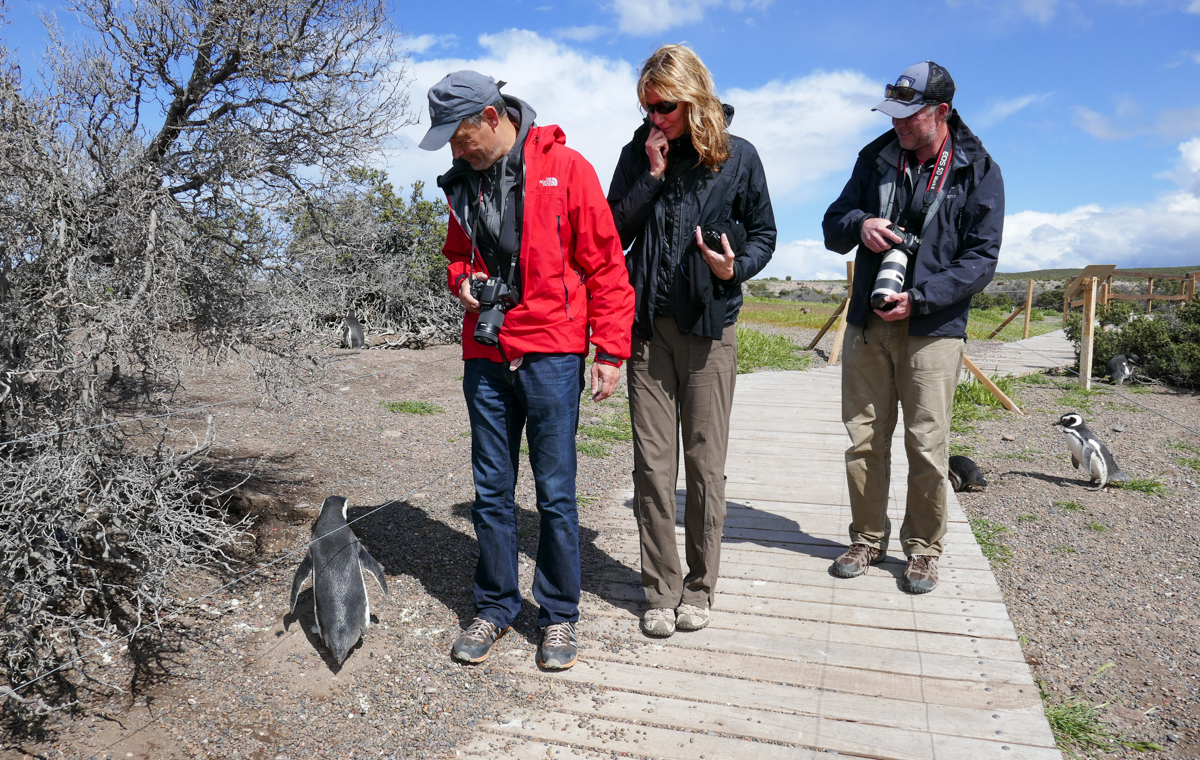
Magellanic penguins are monogamous, so they mate with the same partner every year. In September, the males reclaim the burrows they built the previous year and wait for their female partners to arrive.
How the couples find each other among thousands of other penguins is truly remarkable: the wives recognize their husband’s loud call.
Single males also make loud calls to attract a prospective mate. When a señorita penguin shows some interest, señor penguin circles around her and vigorously pats her body with his flippers. Here’s a video of the little dance he does (Gregor sometimes does this, too):
After this courtship ritual the señorita can choose to stay or walk away. If she stays, well, you can guess what comes next…
With copulation achieved, husband and wife must prepare their home for the coming eggs. The penguins pluck grass where they can find it and waddle back to their burrows to line the nest.
The couples typically lay two eggs and take turns incubating them in 10-day shifts. While one parent sits on the eggs, the other goes out to sea to feed. We didn’t see any eggs, but we saw lots of penguins waddling towards the sea.
As cute as they are, Magellanic penguins have a dark side. A female may choose to to leave her husband if the burrow he dug is not in good shape or if another male woos her away. When this happens, male penguins beat each other to a pulp using their flippers and beaks. Nasty stuff.
We spent several hours at Punta Tombo so we were able to see lots of penguin pairs in different stages of breeding. This penguin colony is one of the most fascinating things we’ve seen on this trip so far.
Cabo Raso
It was late afternoon when we left Punta Tombo and we had 155 km of dirt road to drive to the next penguin colony. Not wanting to drive in the dark, we stopped halfway at an old ranch called El Cabo, near the community of Cabo Raso.
The rain came down that night and it was drizzling the next morning. When we left camp, we discovered that the hard-packed dirt road we drove the day before had turned into a slimy, muddy mess. It was a lot like driving over wet snow, but much worse.
If we drove too fast, we risked losing control and sliding into the ditch. If we drove too slowly, we risked getting stuck in the mud. Without four-wheel drive or a low gear, we had to drive much faster than John and Paula to keep up our momentum.
Gregor spent the next two hours desperately controlling Lucky’s trajectory as she slid from side to side over the wet clay. When we finally stopped for a pee break, we saw that our vehicles were plastered with mud.
We made it to our wild camp just fine, albeit a little tensed up. It was nothing that a cold beer and a beach walk couldn’t fix.
Cabo Dos Bahías
The next day we visited the penguin colony at Cabo Dos Bahías. It was really different from Punta Tombo because the walkways were elevated and the extent of the colony was more visible. Even though the penguin population here is a fraction of Punta Tombo’s, this colony felt like it was bigger.
The noise from this colony felt bigger, too. It sounded like there were thousands of quacking ducks and braying mules performing neonatal breathing exercises together.
You can hear the cacophony of penguin calls in this video:
We took tons more penguin photos and videos, but there’s one shot that we regret not being able to capture: penguins pooping.
Here’s how it looks…The penguins start off by standing upright. Then they bend over, shaking their entire body as if they’re physically moving the poop down their colon. When they’re completely bent over they squirt this yellowy substance out of their butt and leave a gooey trail that’s several inches long. It’s hilarious and gross. Gregor loved it.
And now, back to the program…
Before returning to camp, we all decided to drive further into the reserve to catch some seaside vistas. There, we were greeted by a herd of guanacos.
That night we all cooked dinner over a charcoal and wood fire at camp. There’s something about cooking over an open fire – the process feels so primal and the food tastes so natural.
The nature reserves along Argentina’s Atlantic coast gave us some of the most memorable experiences on this trip. It wasn’t just the penguins that made our time there so special. It was the freedom we had in the coastal wilderness.
Argentina is a big country, so we need to keep moving. Time to say goodbye to the Atlantic and drive inland.

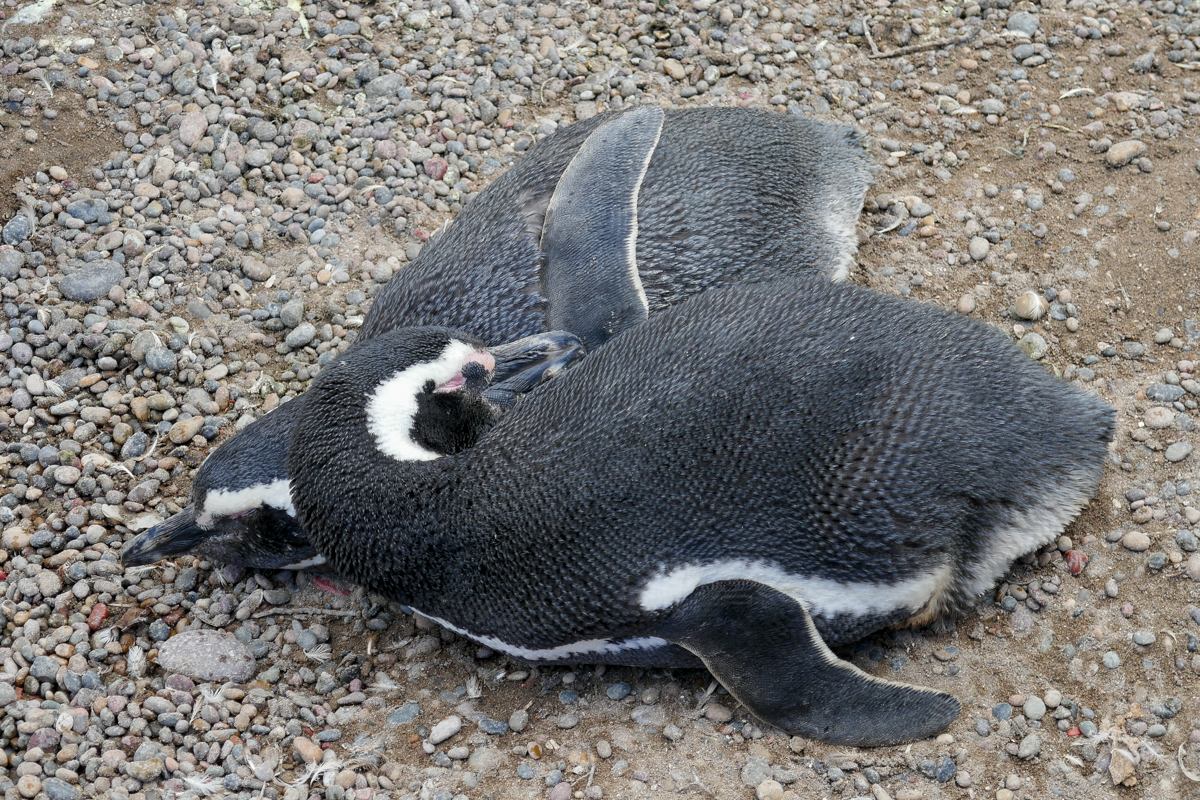
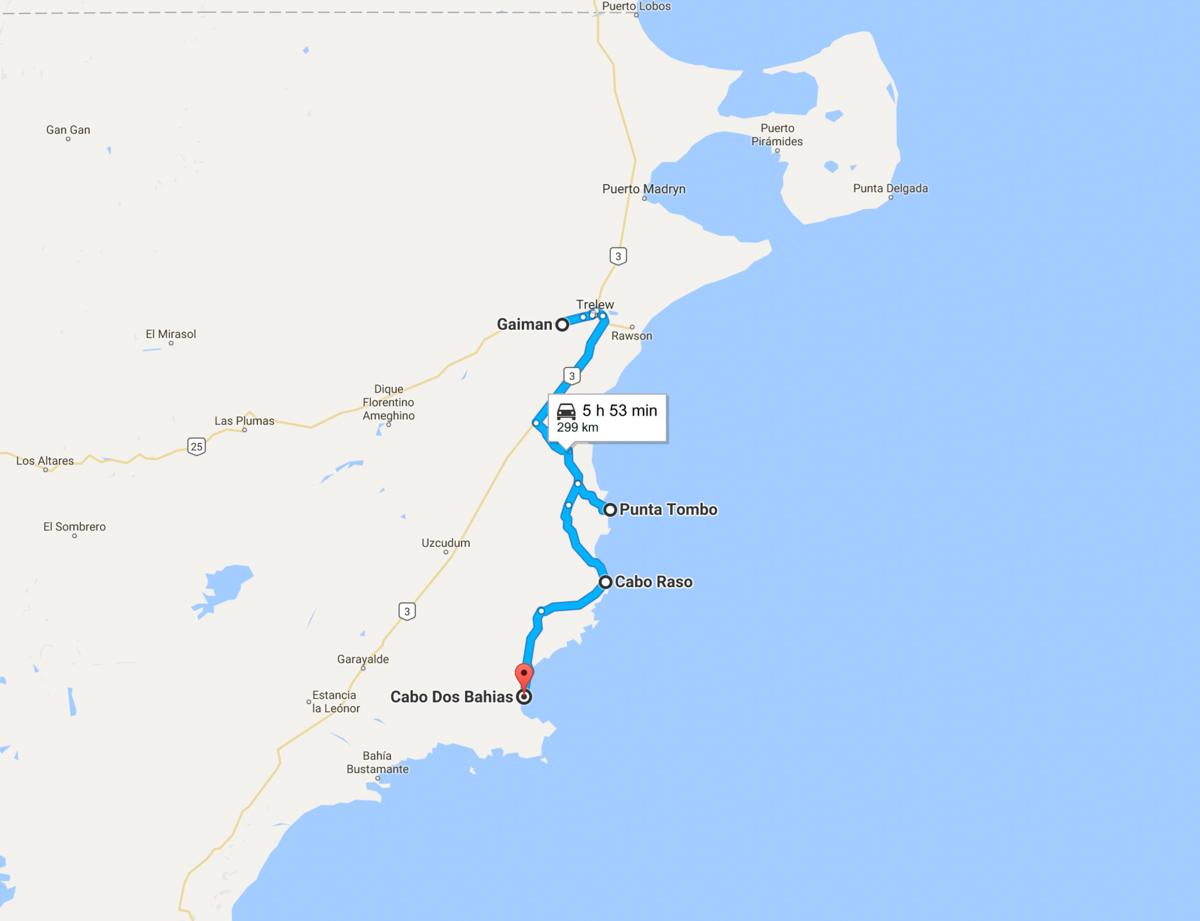
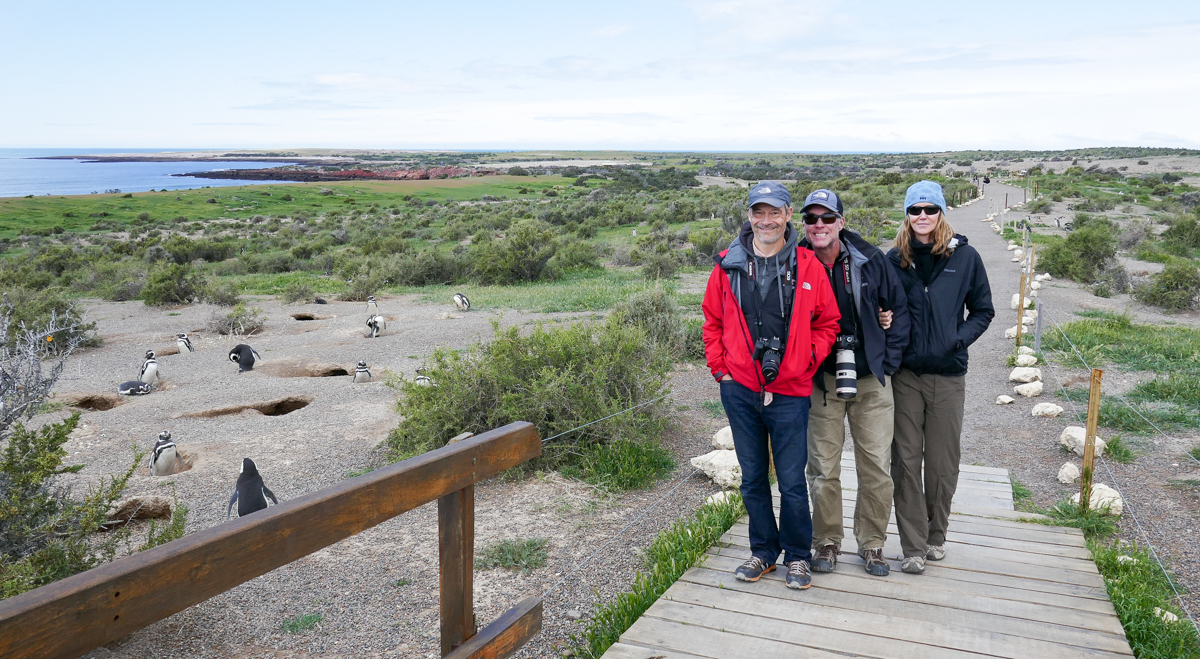
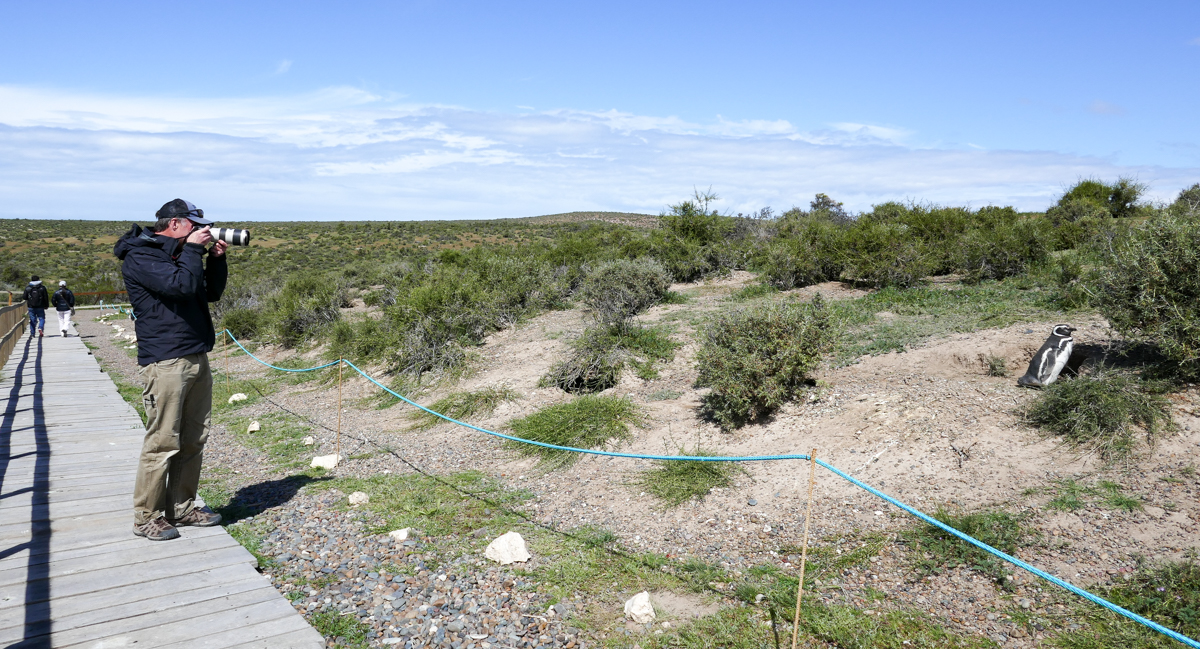
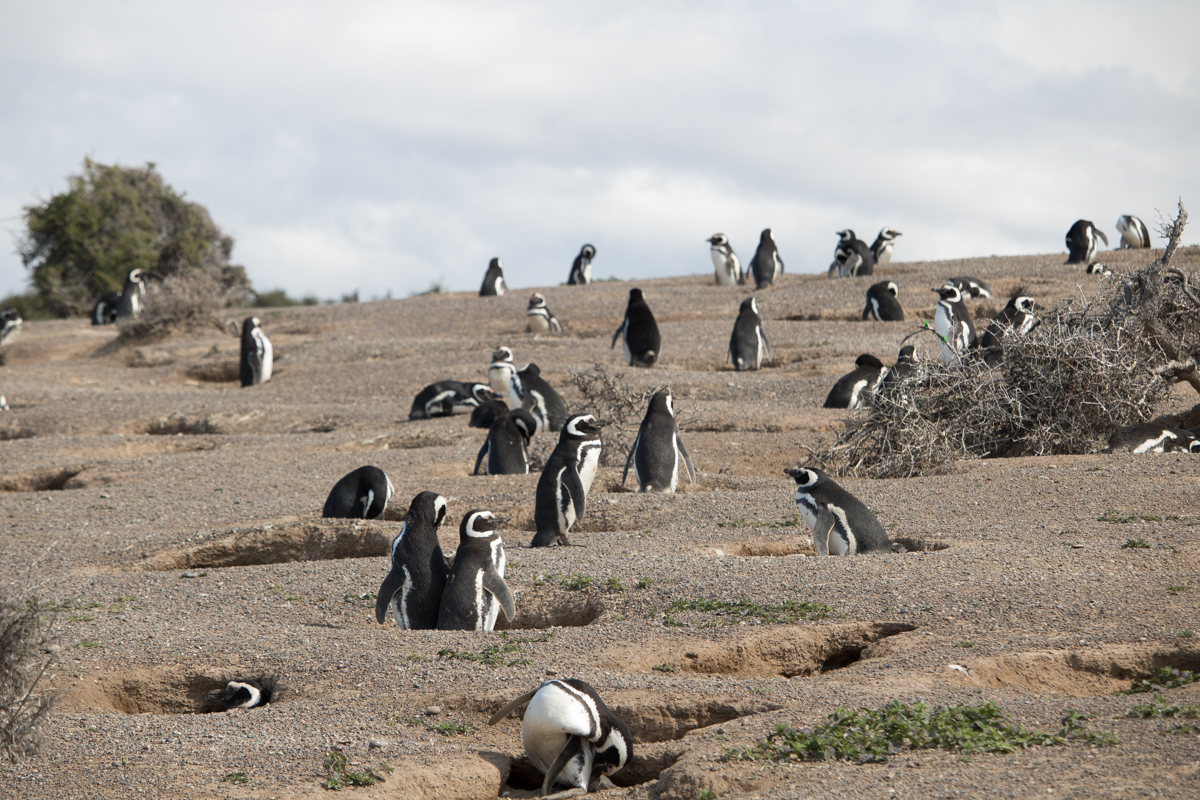
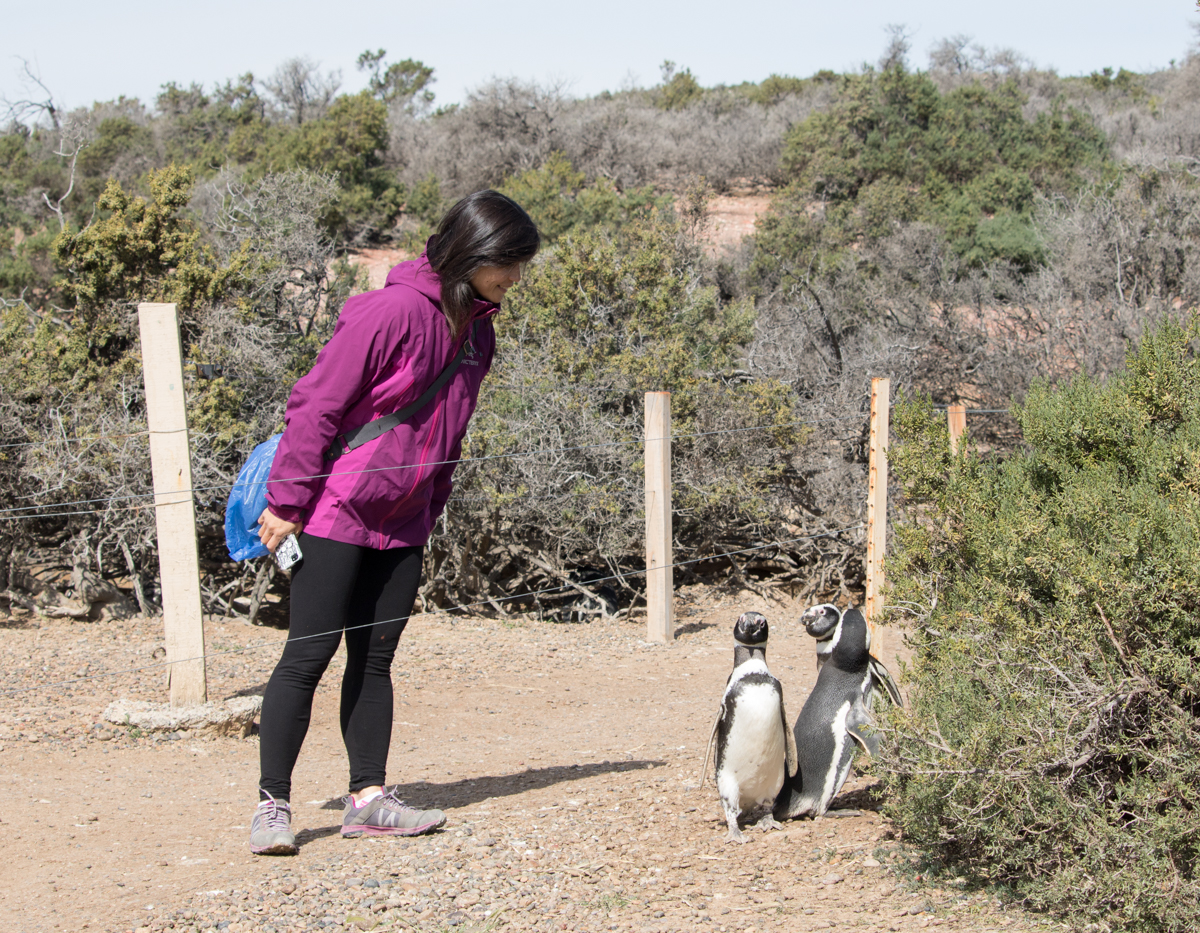
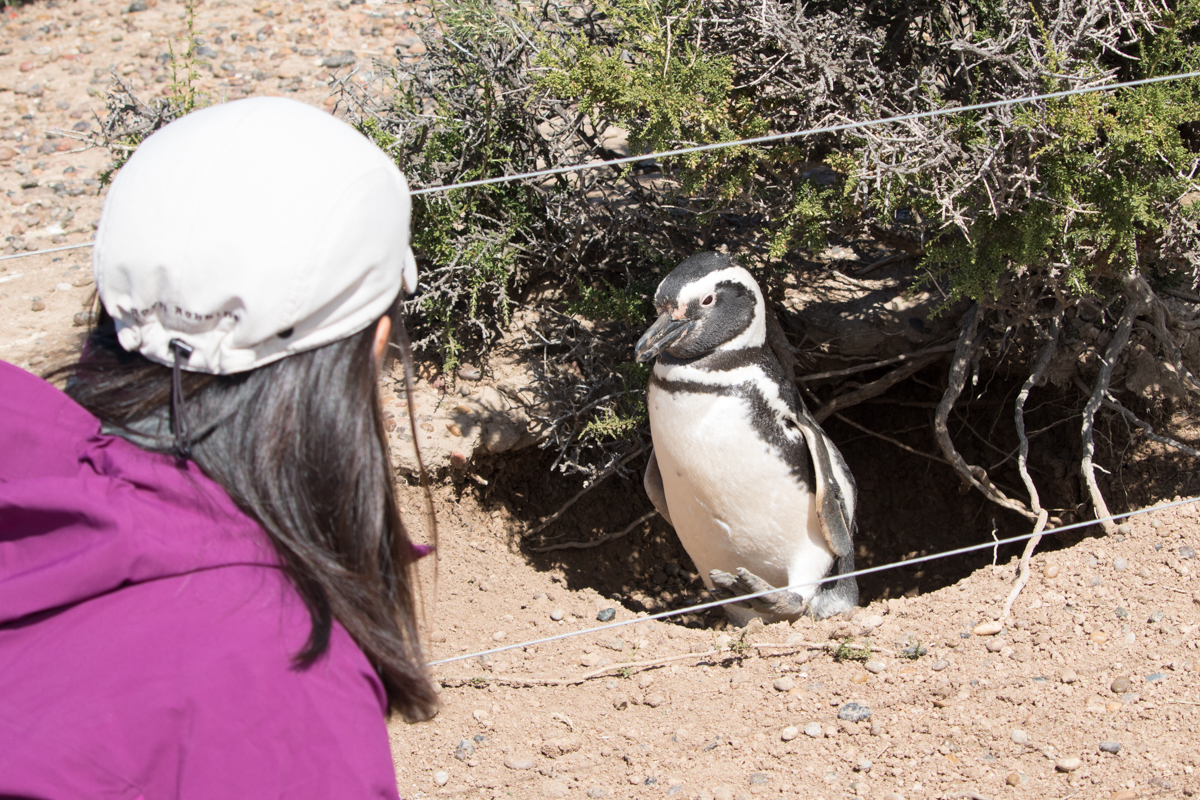
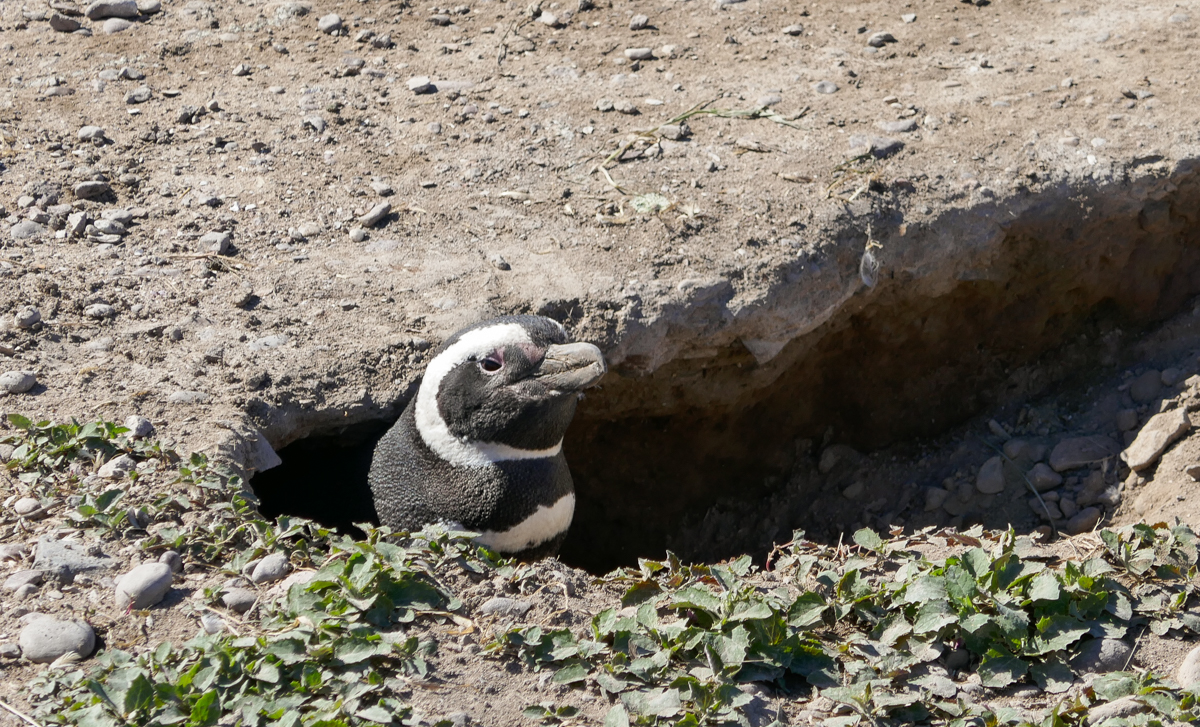
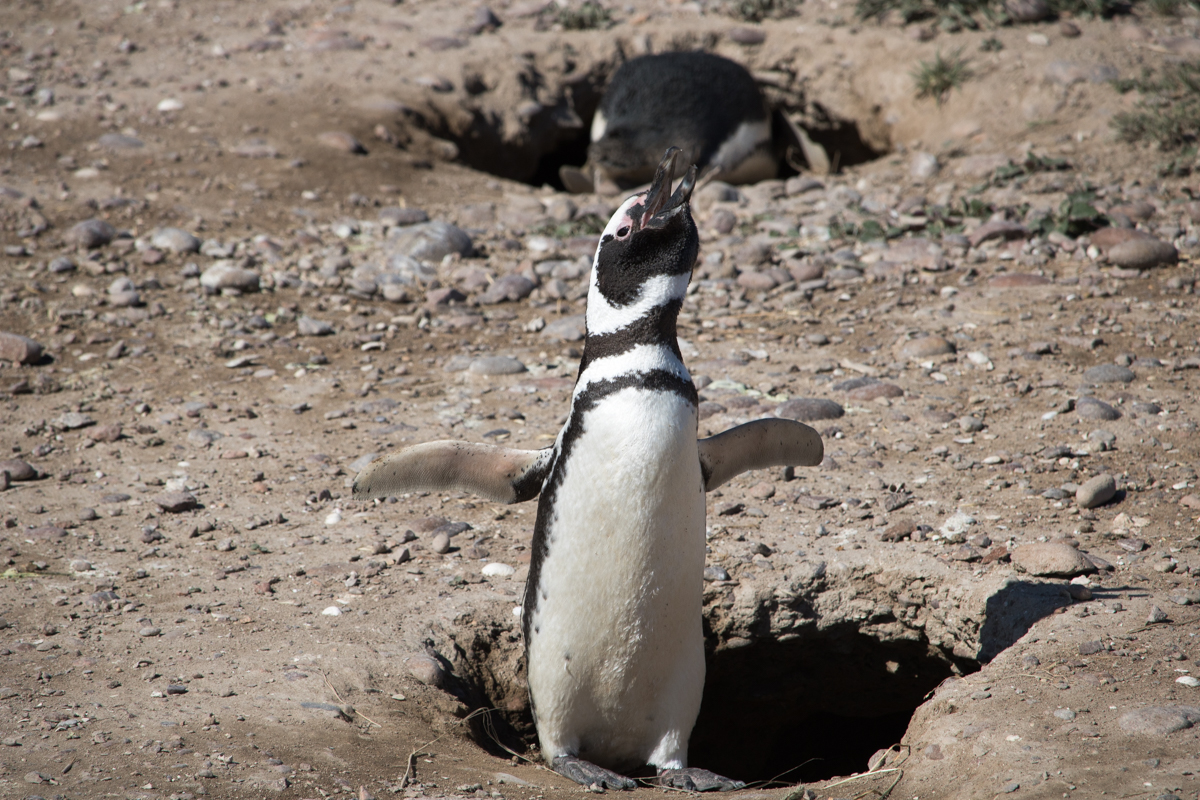
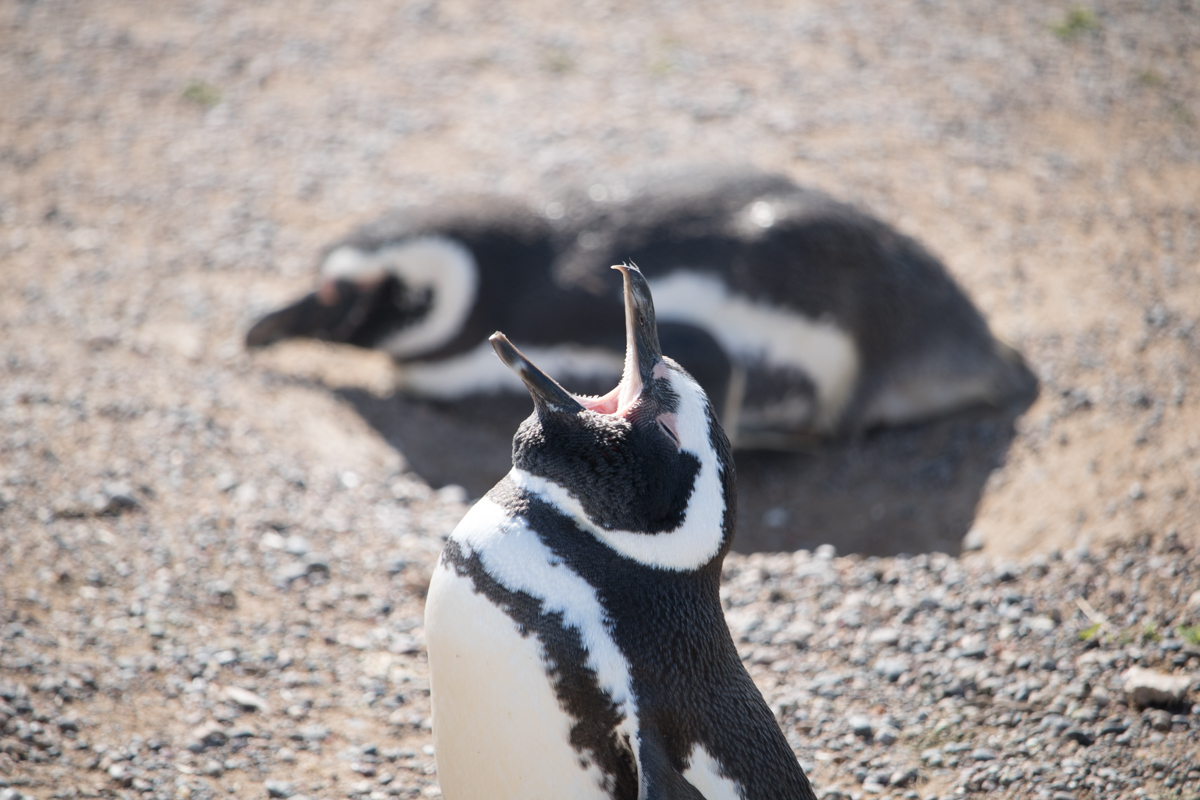
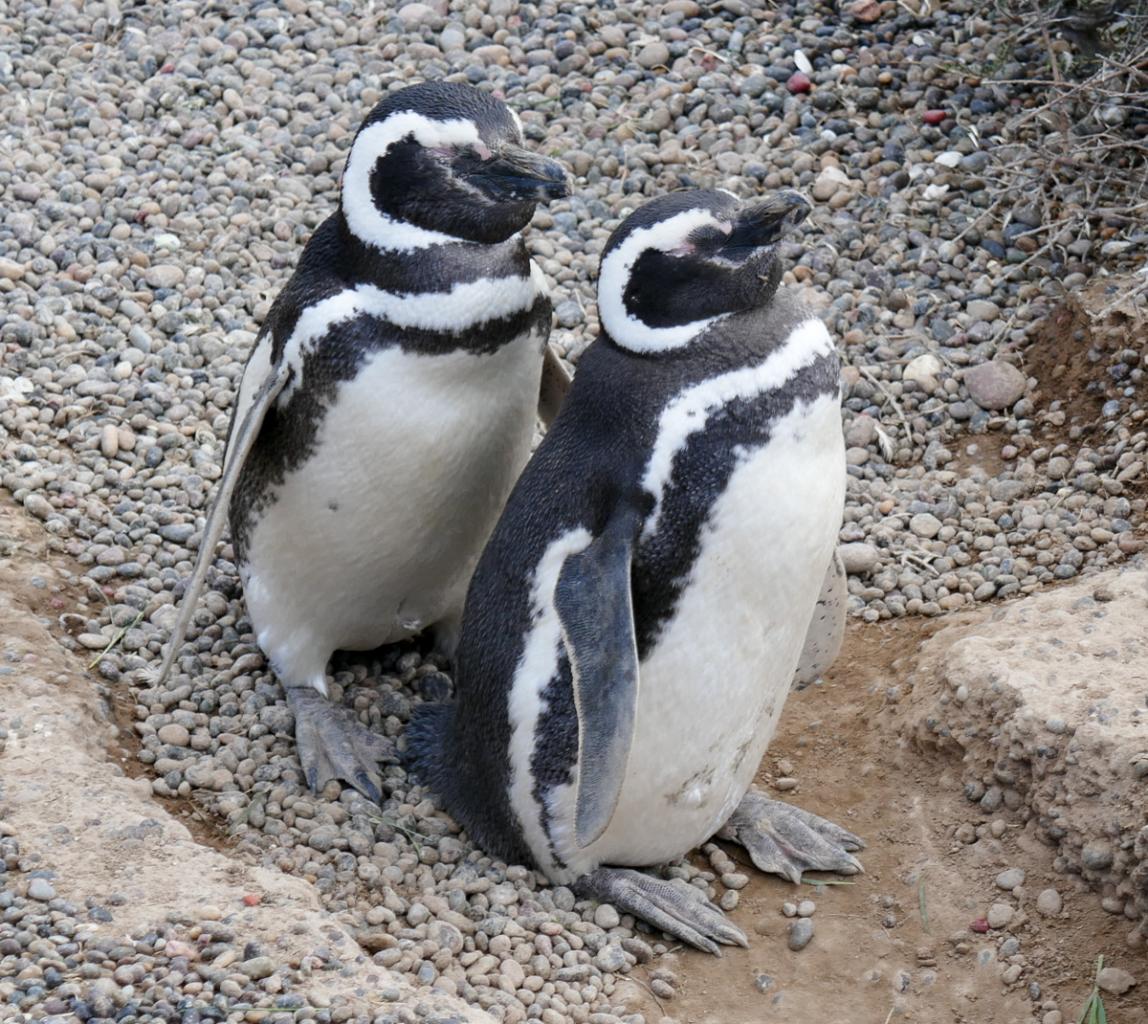
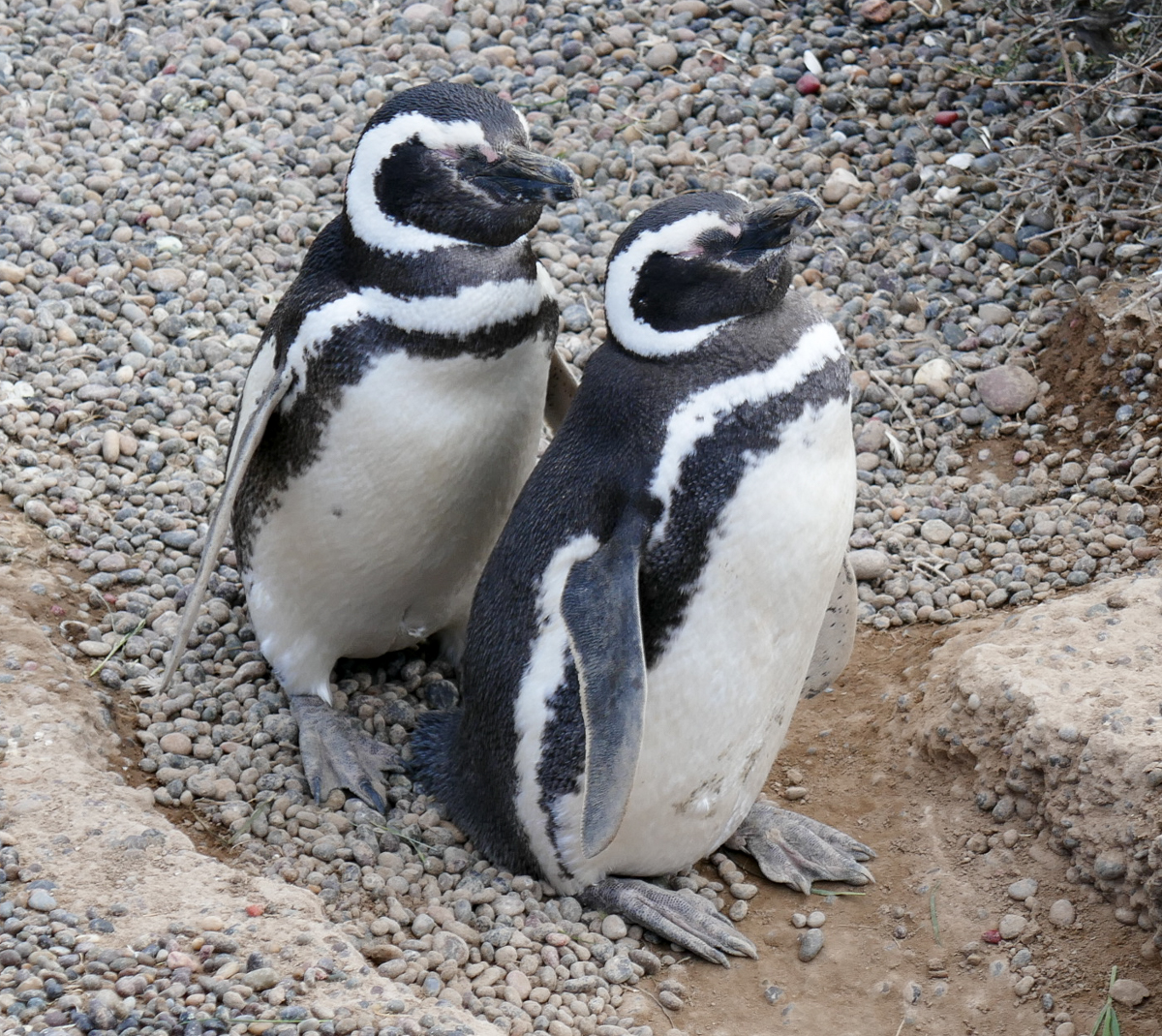
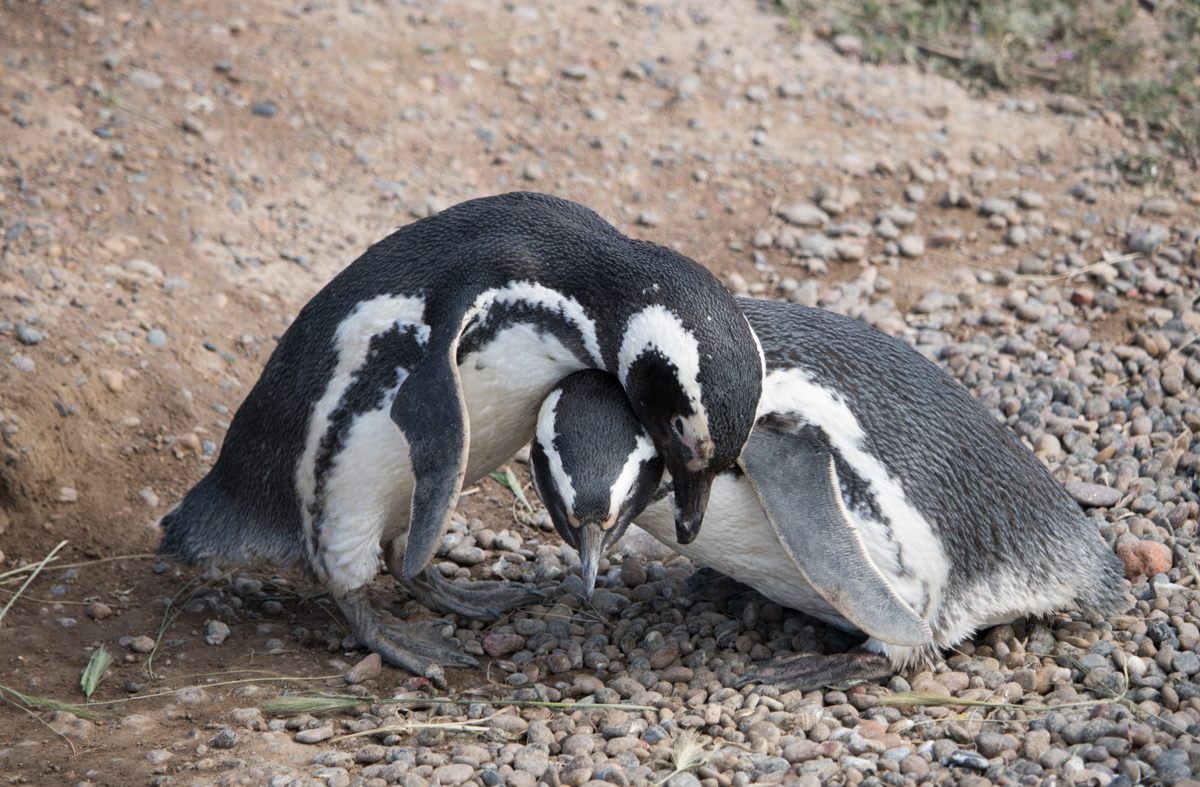
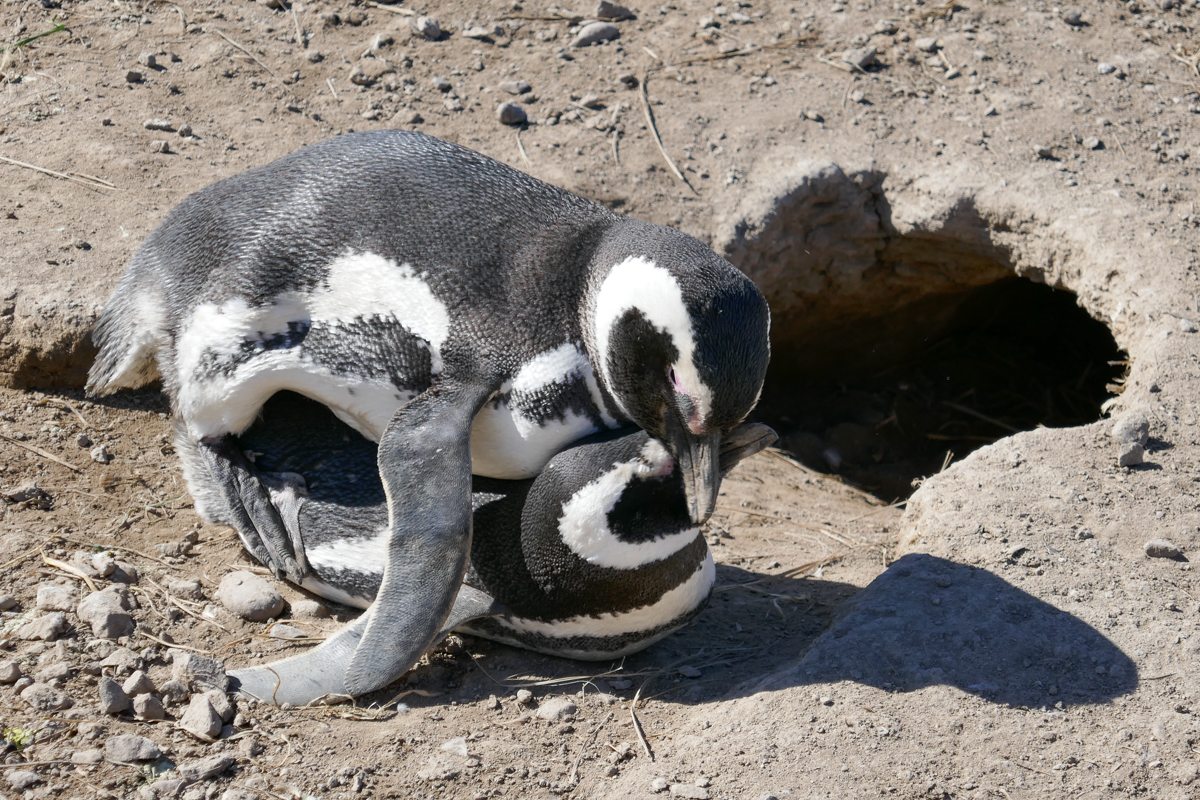
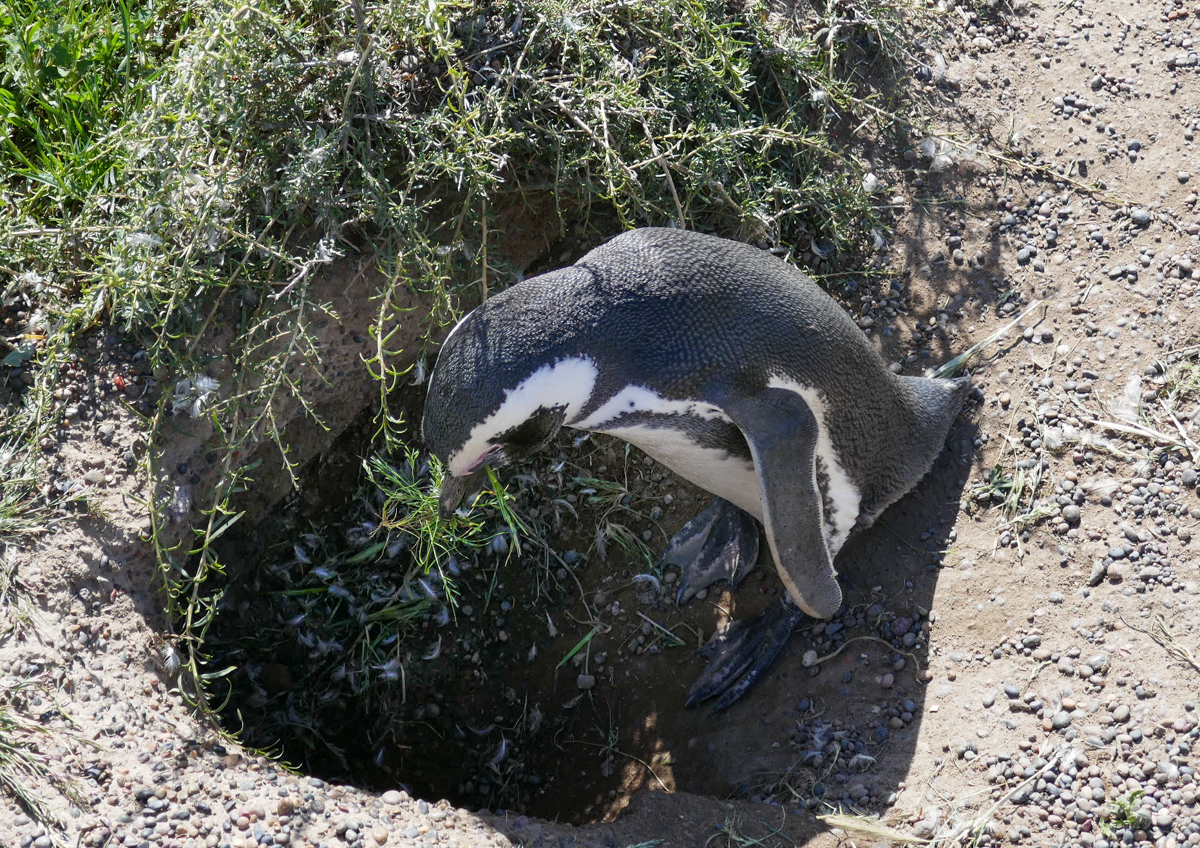

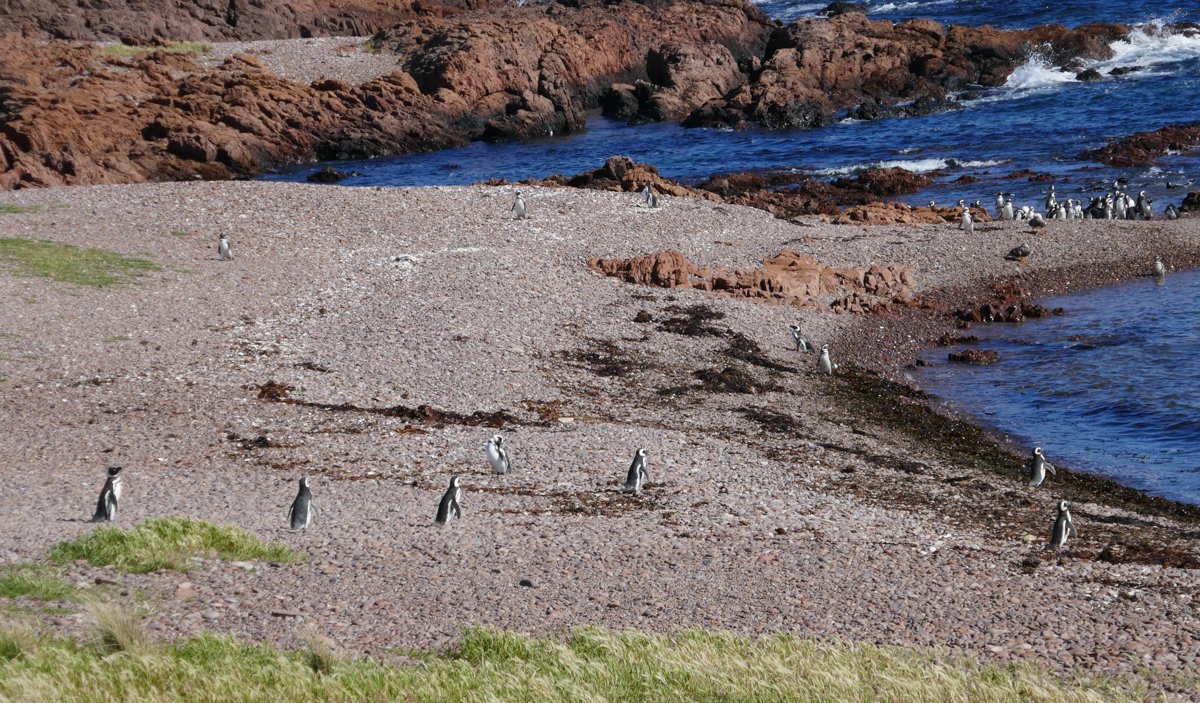
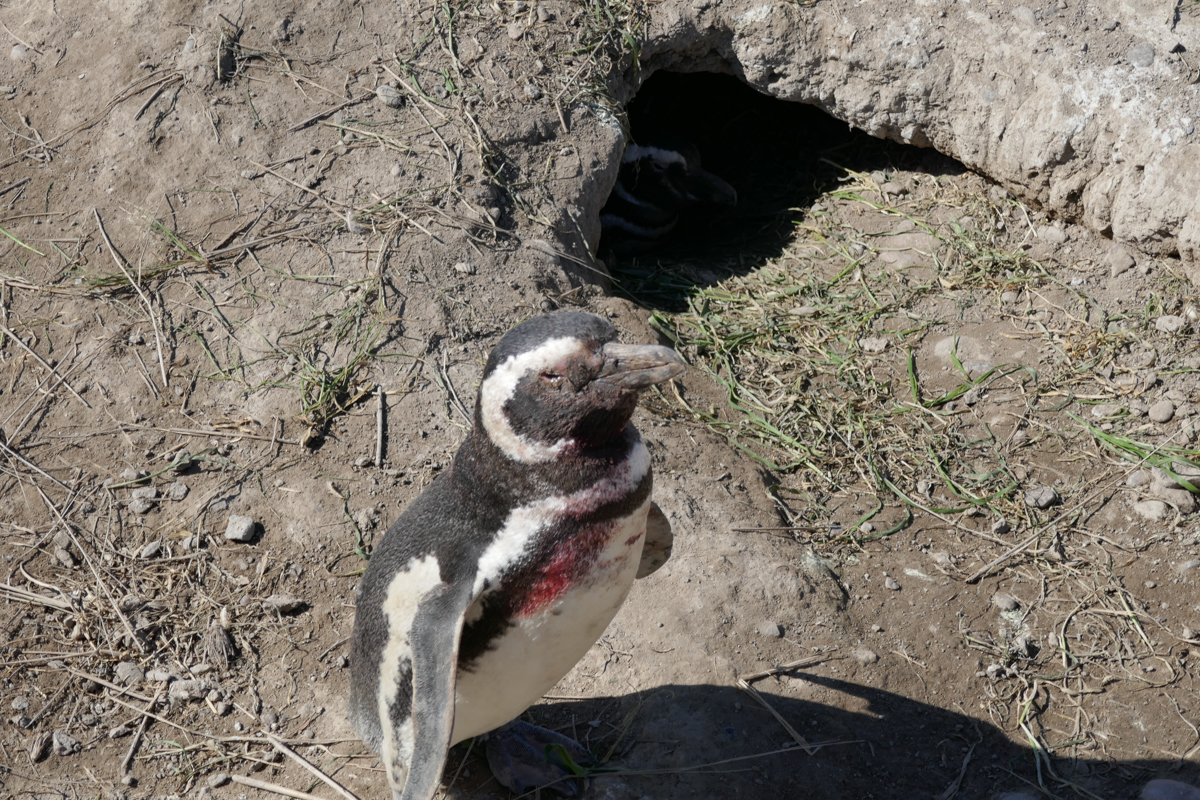

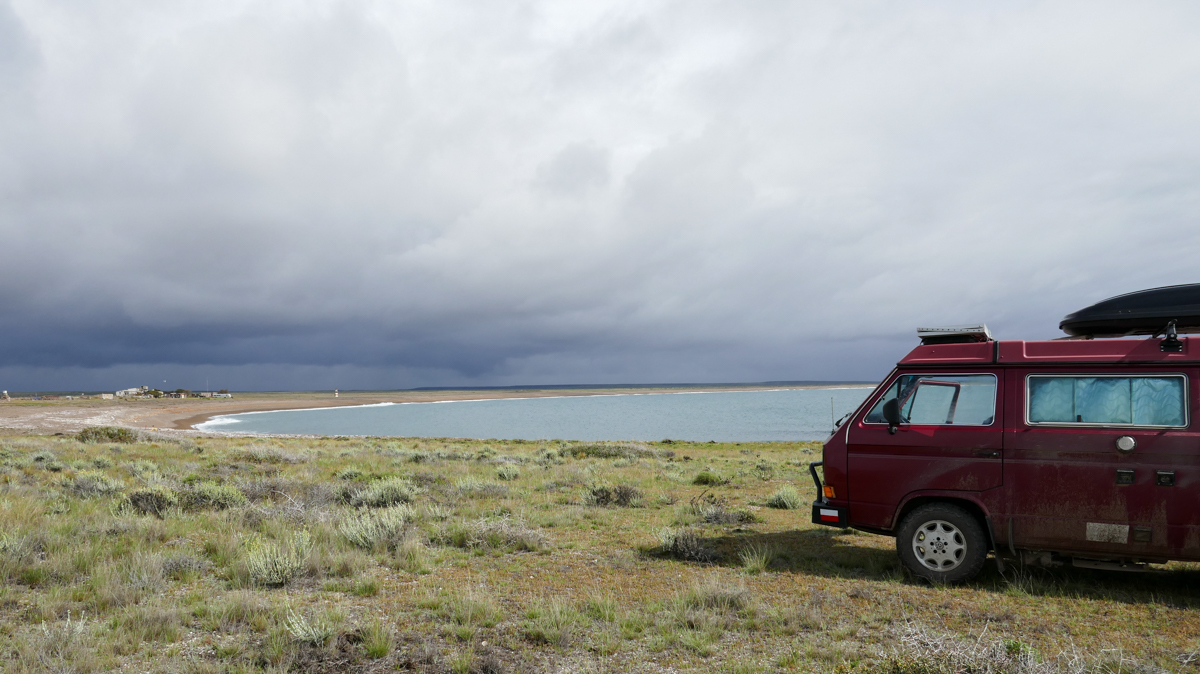
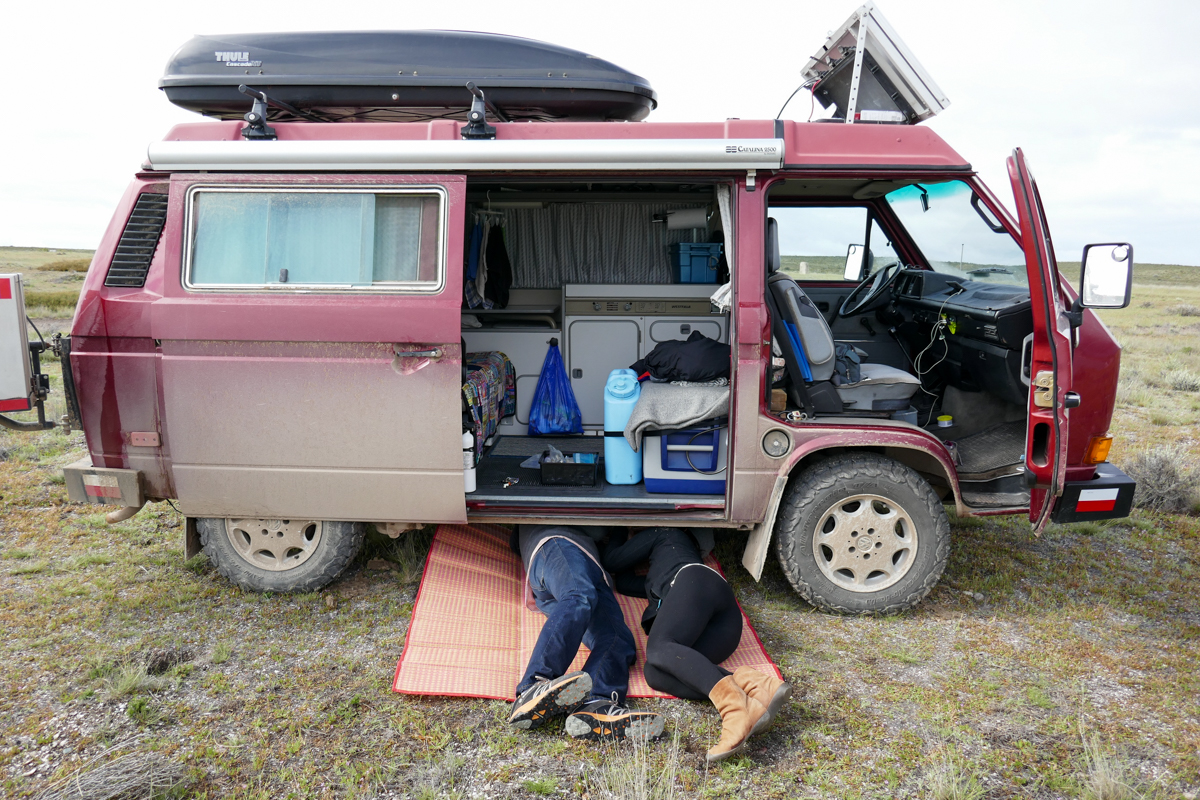
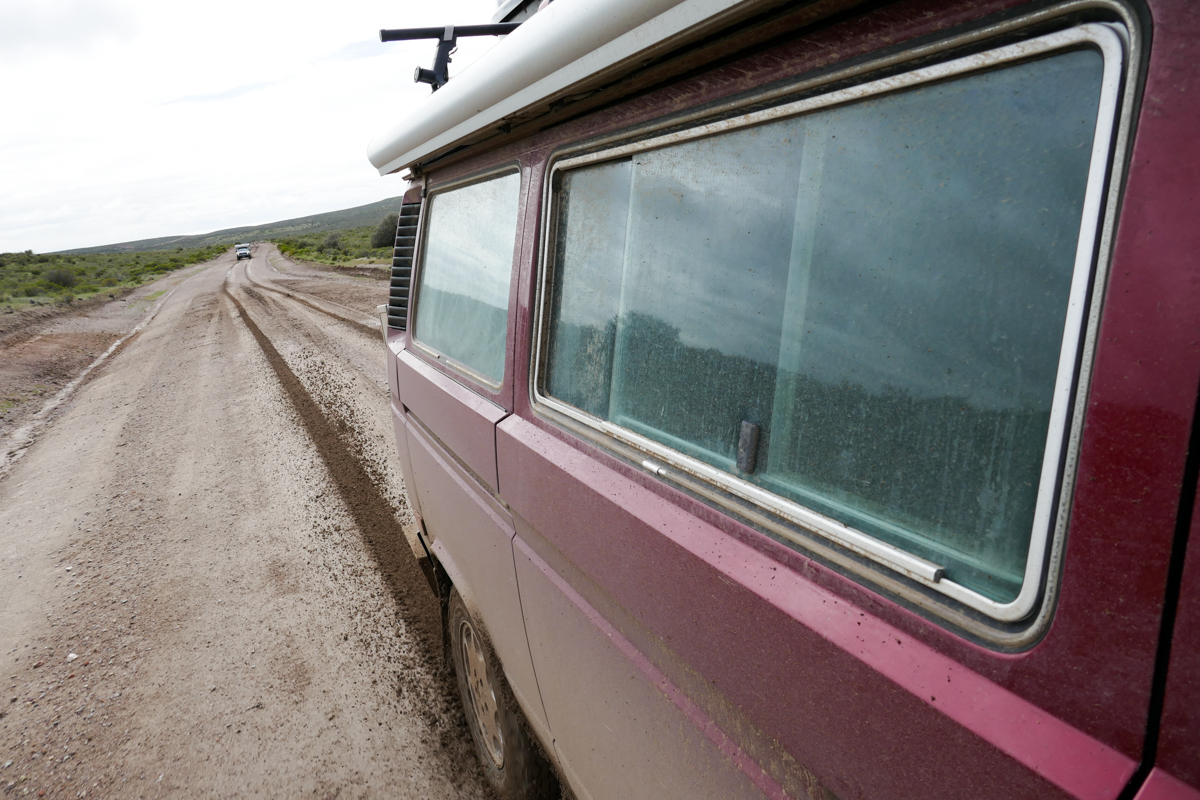
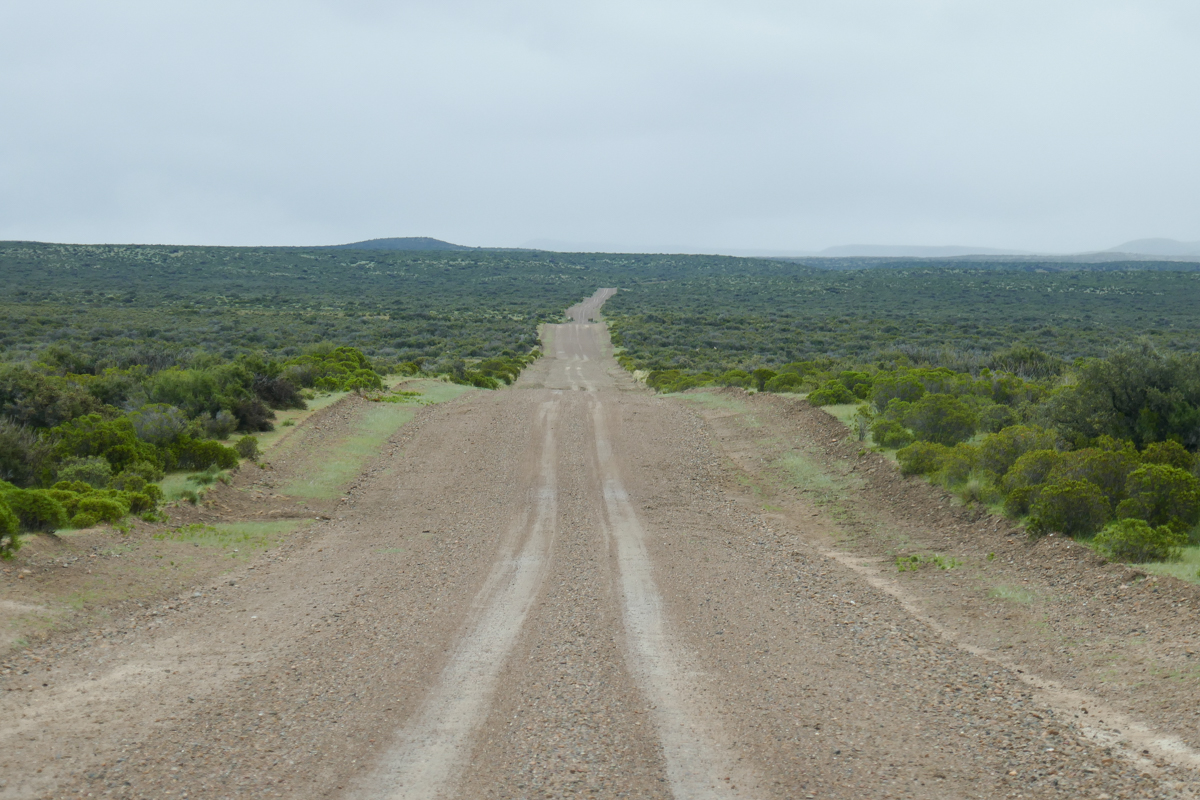
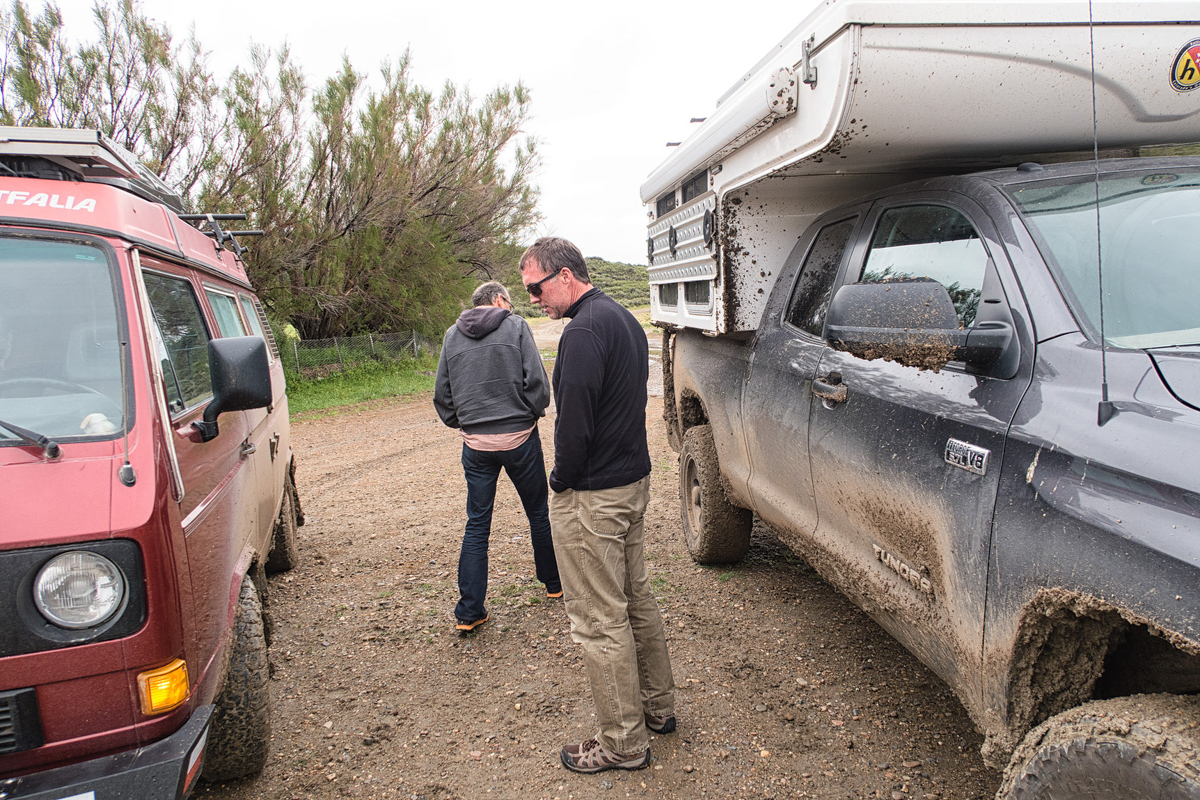
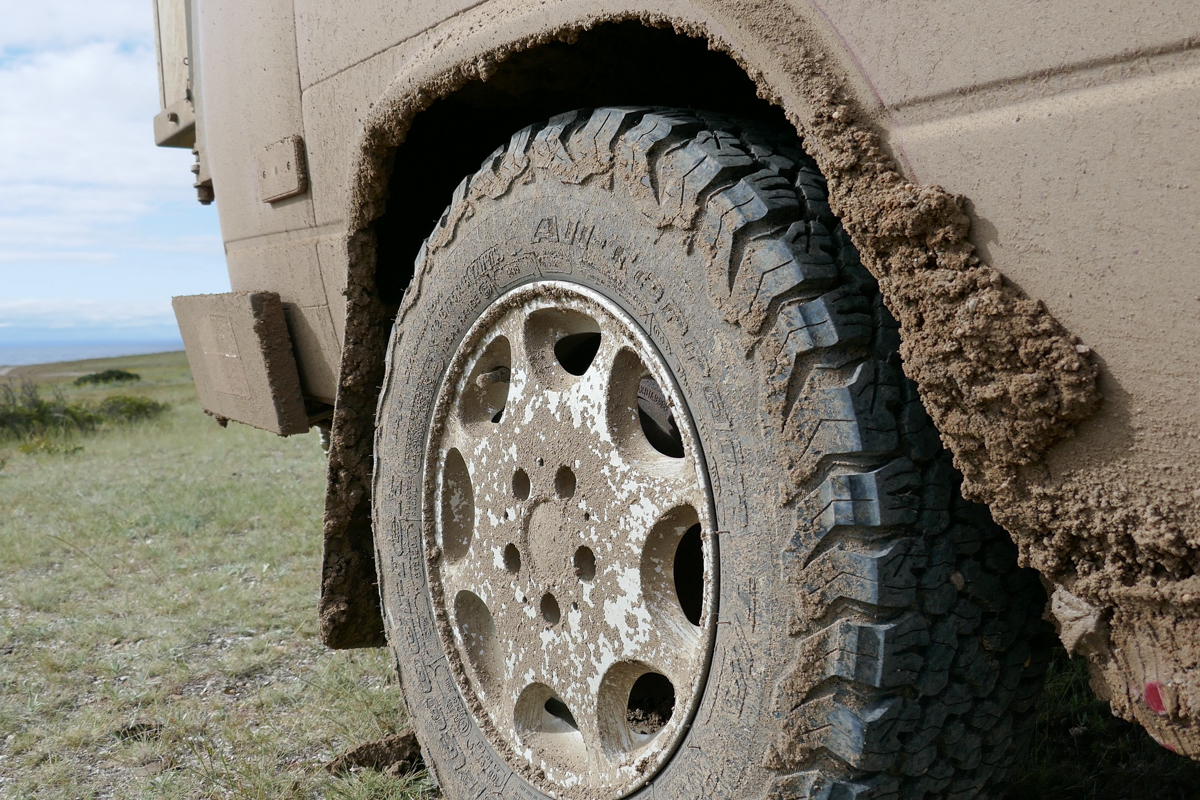
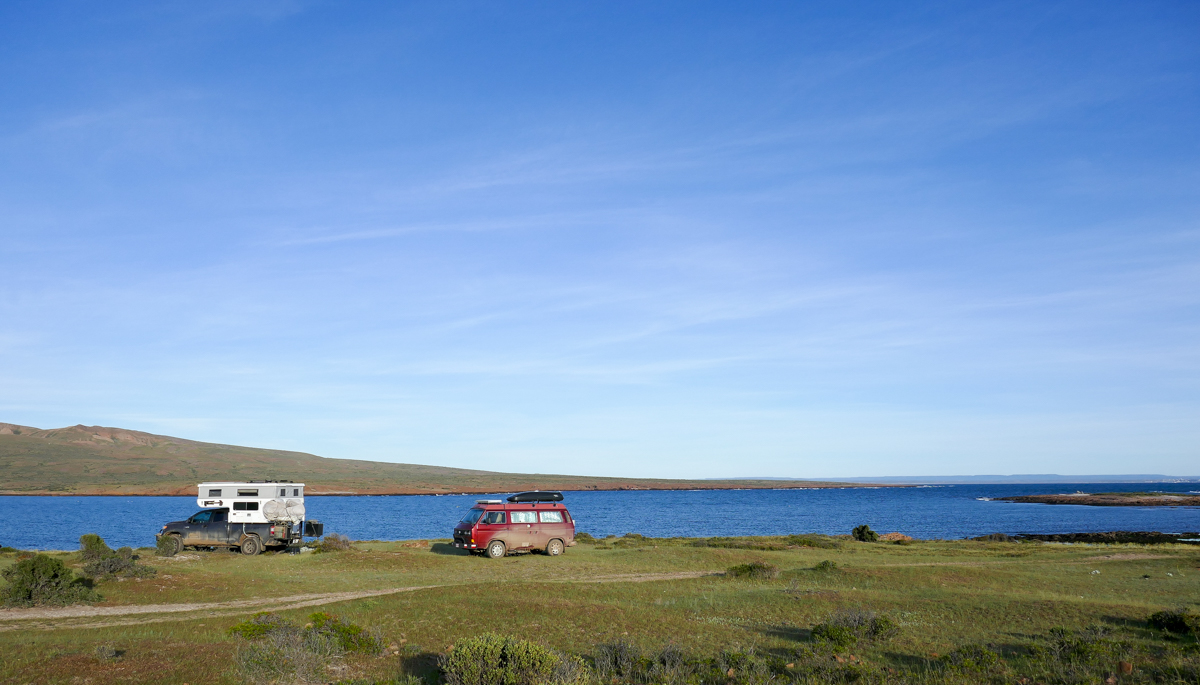
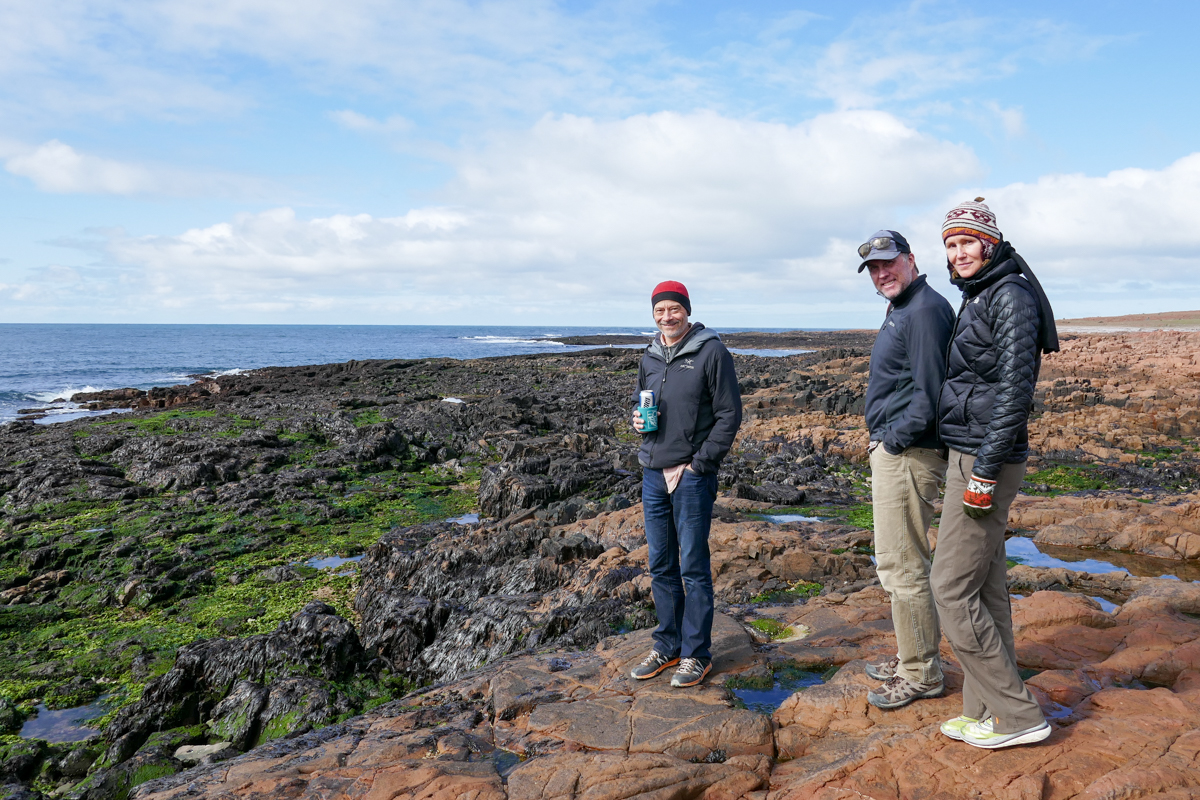
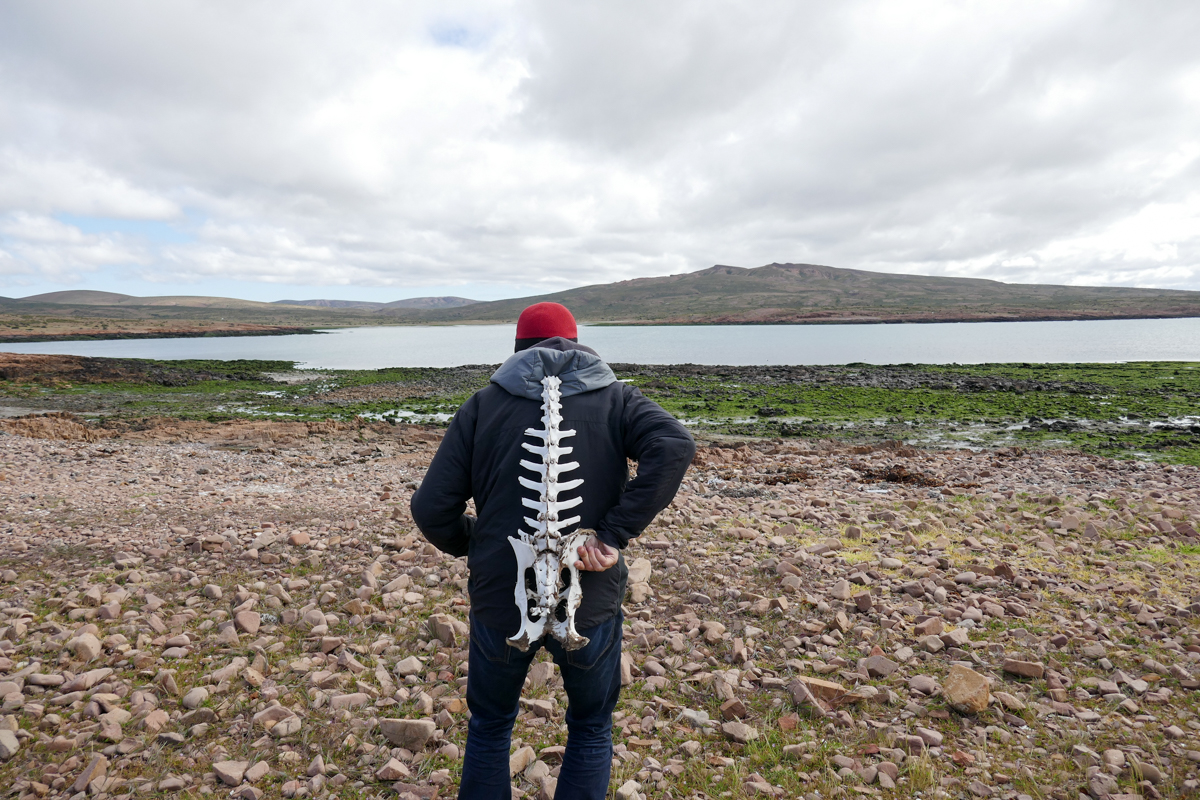
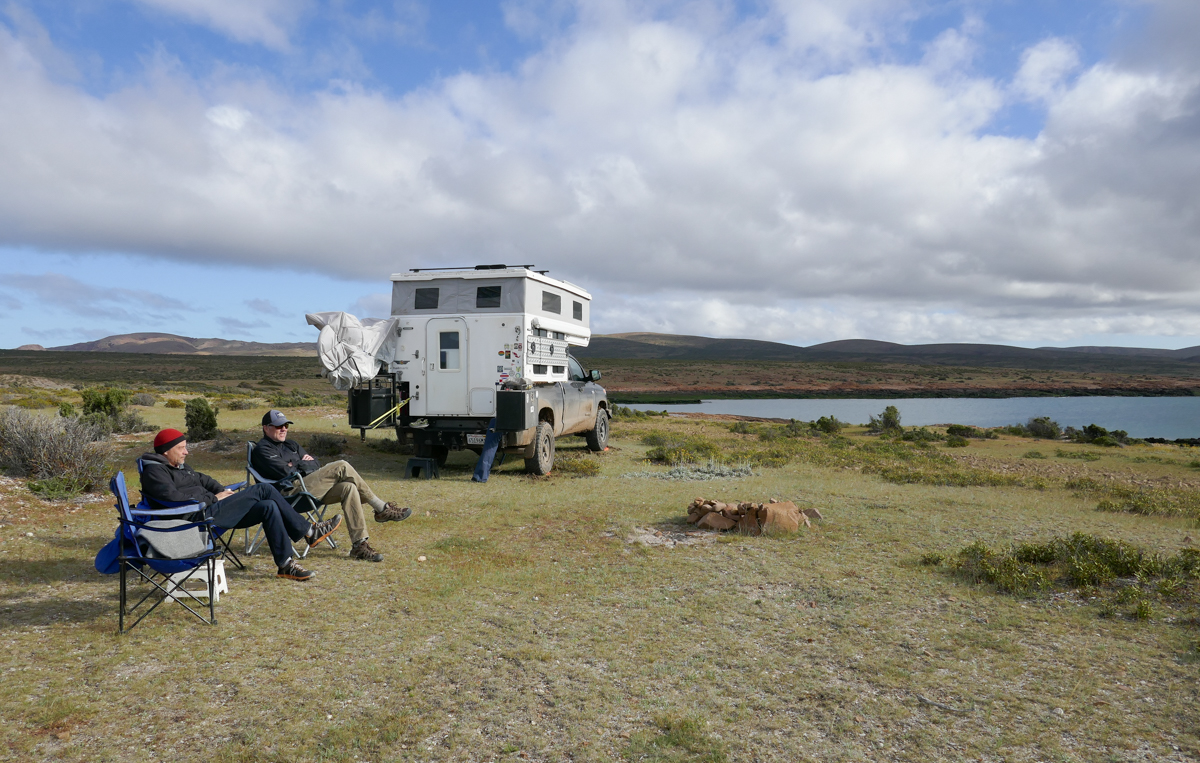
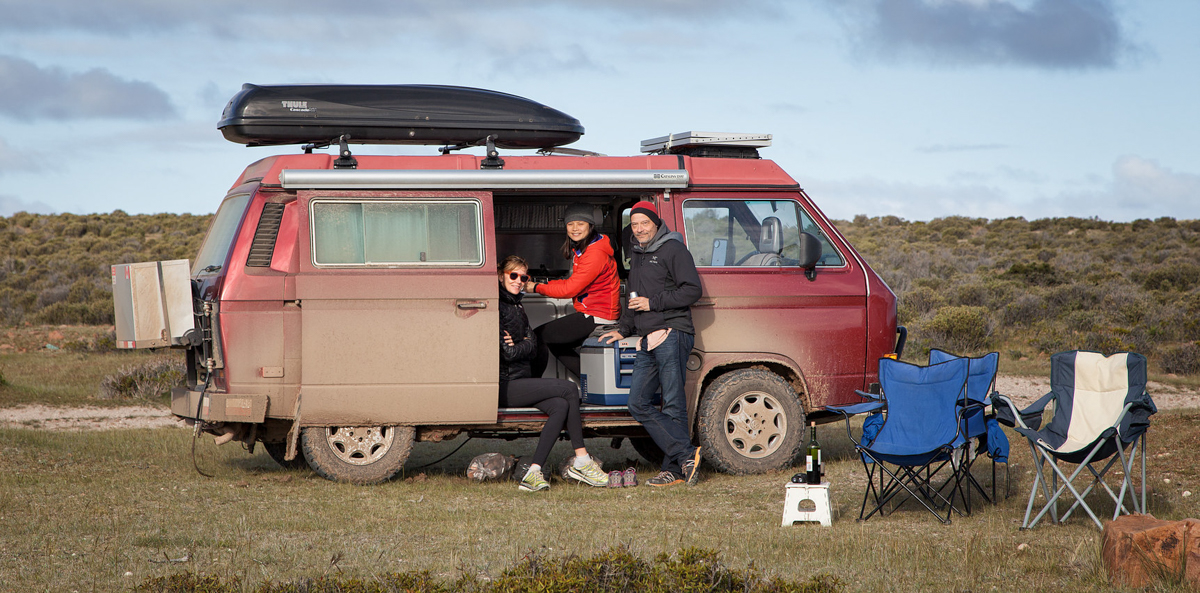
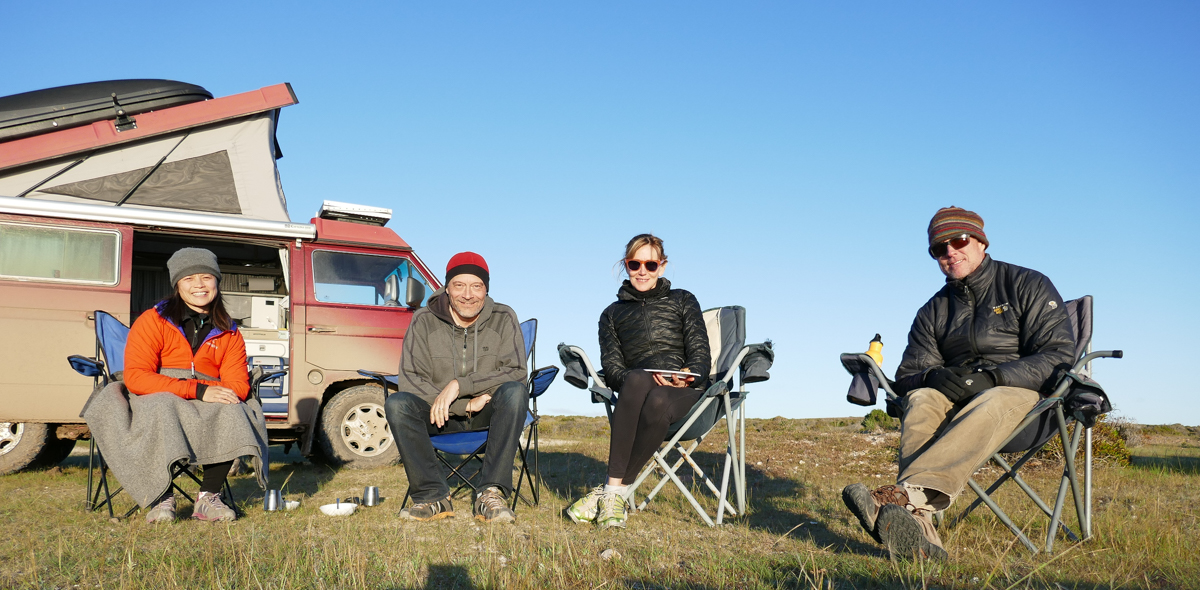
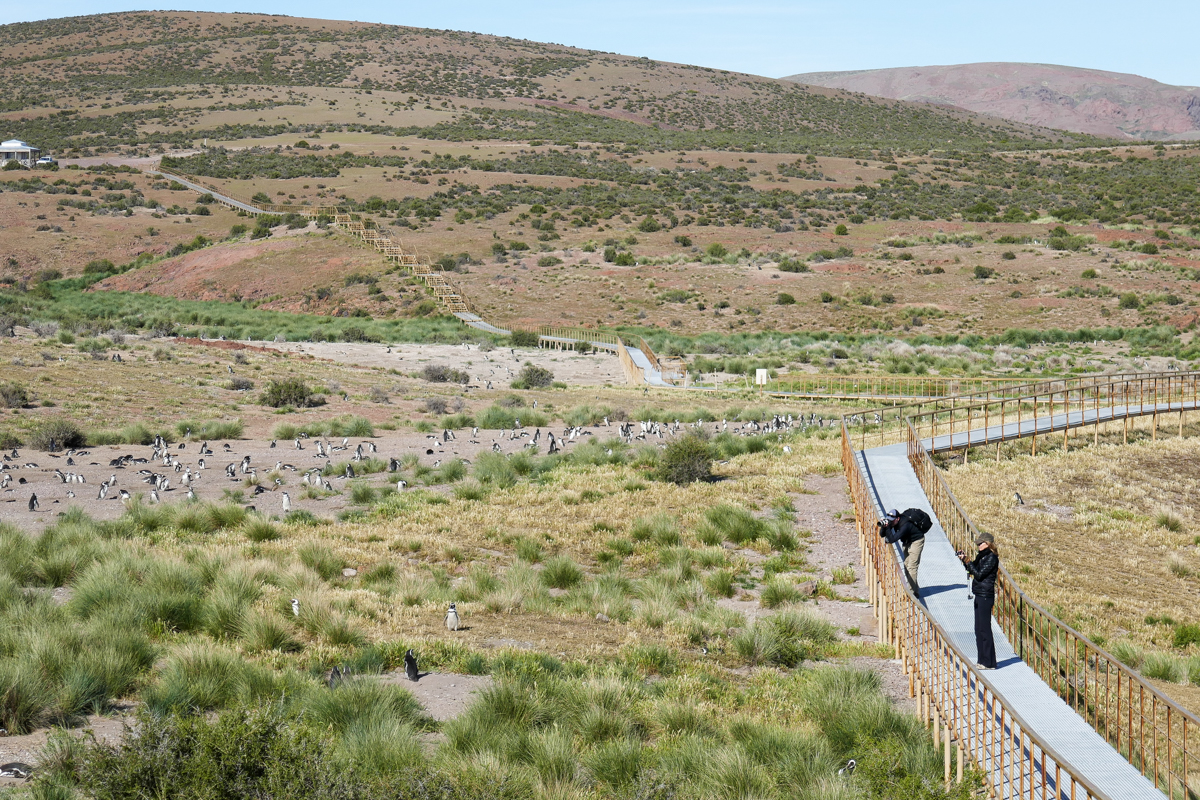

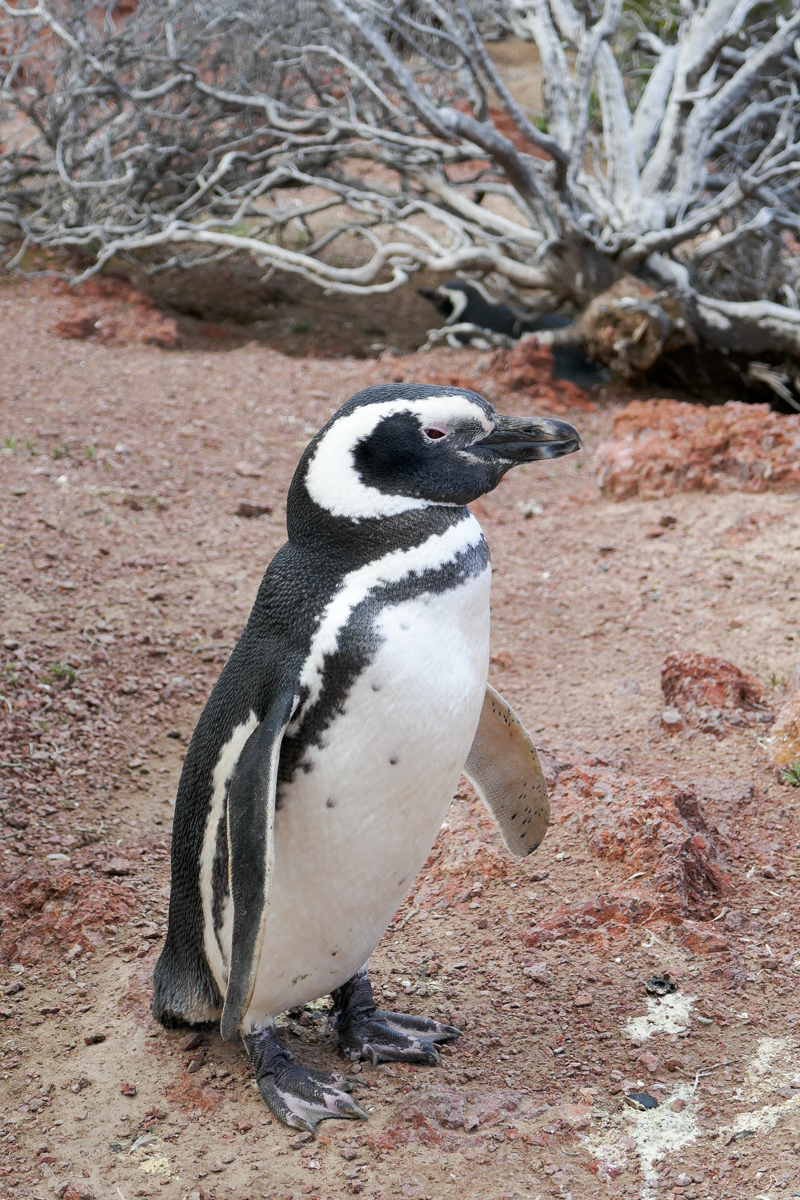
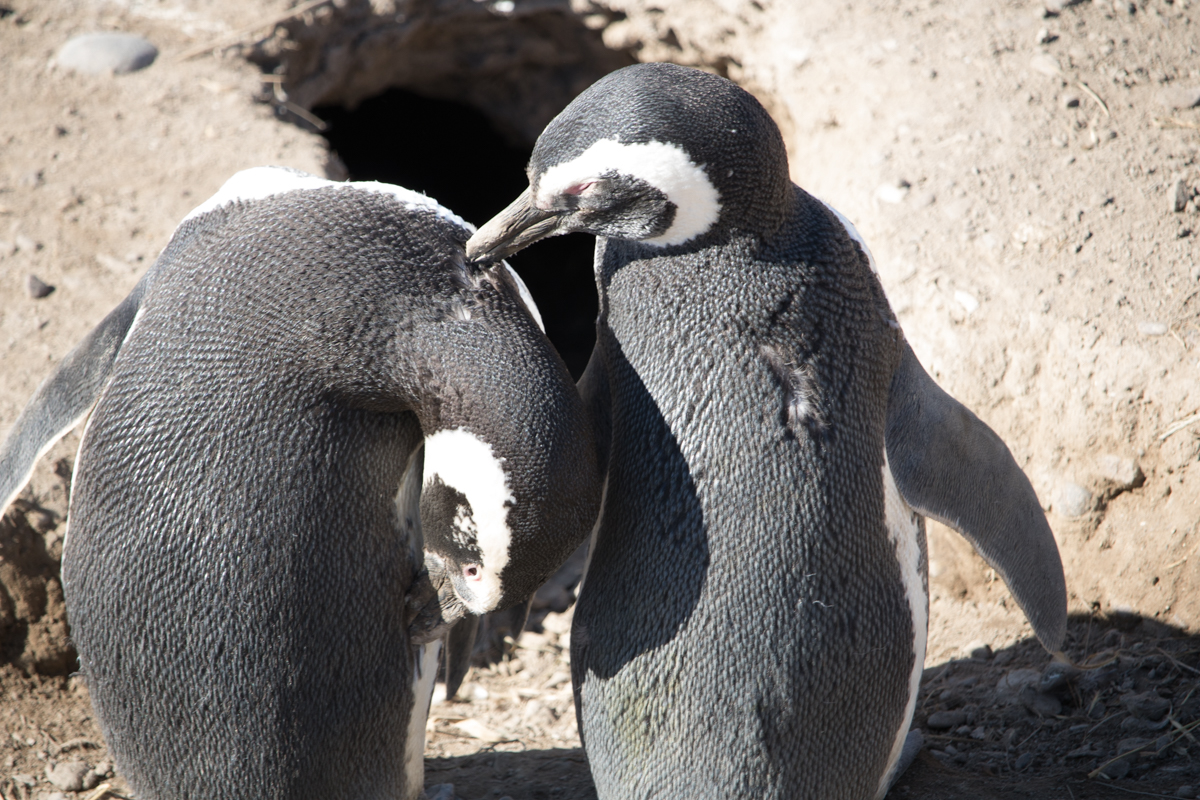

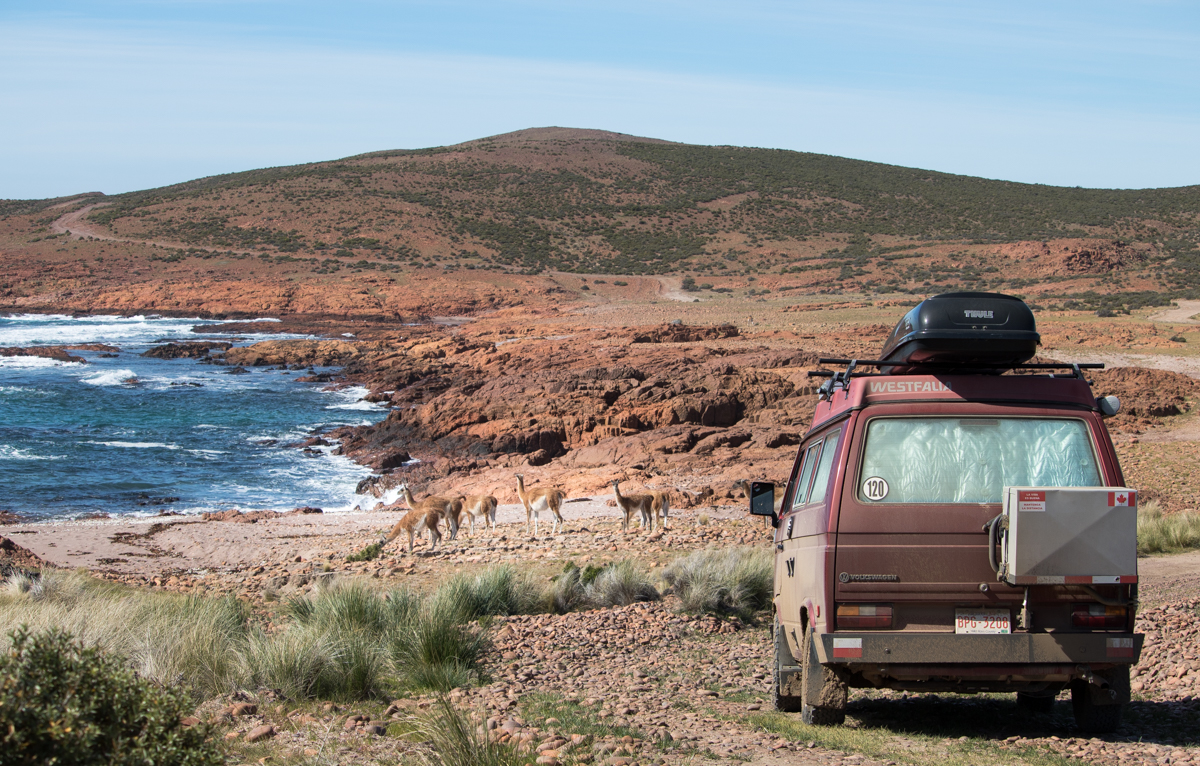
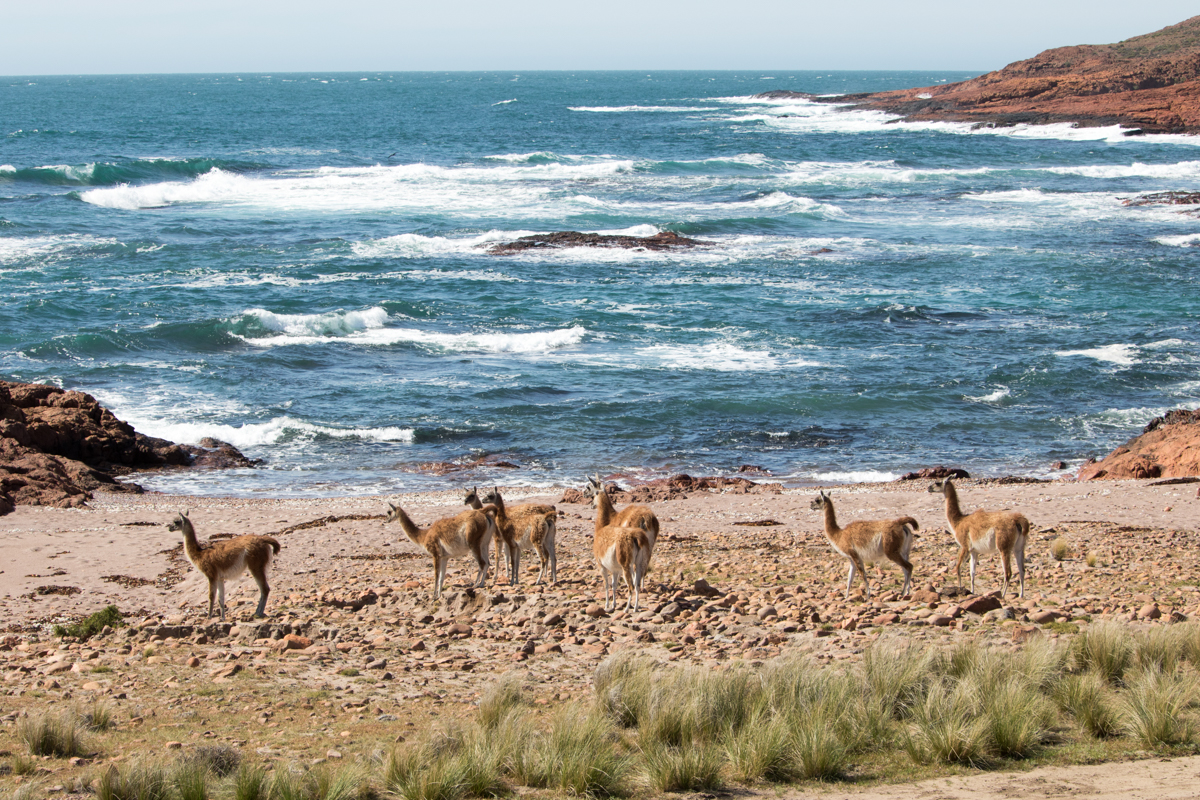
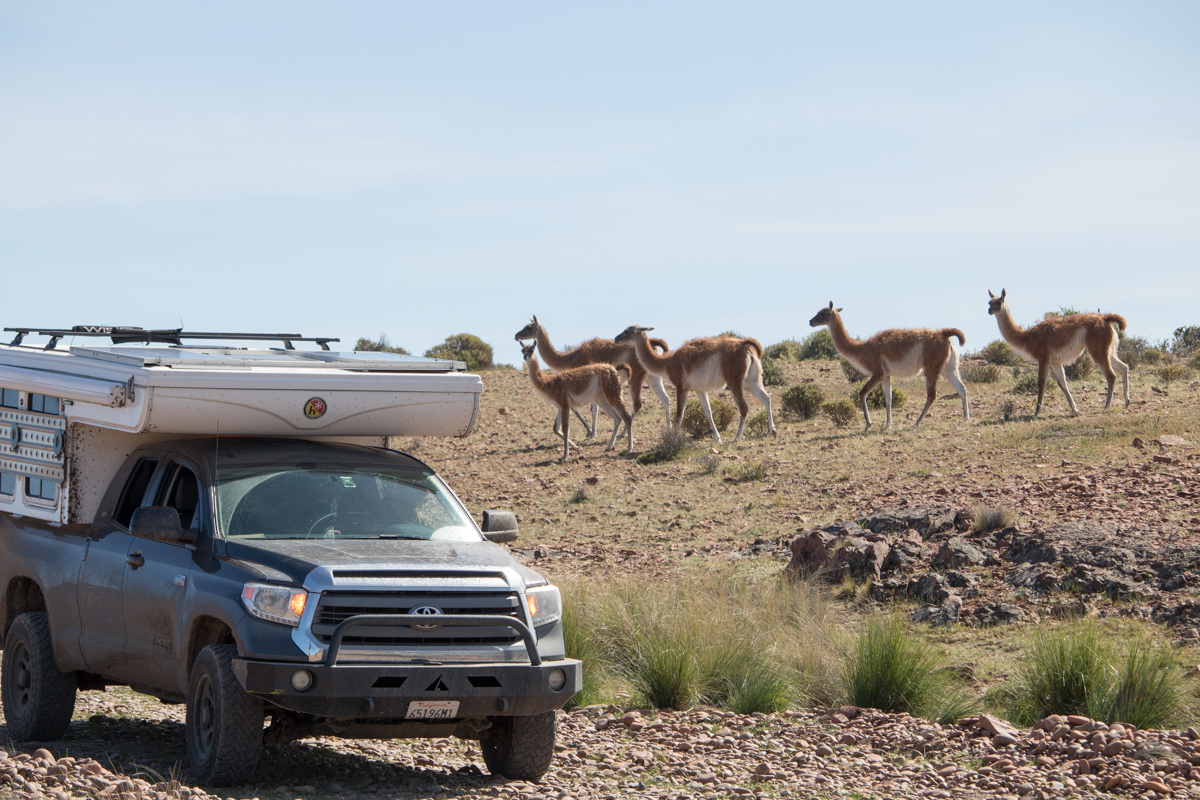
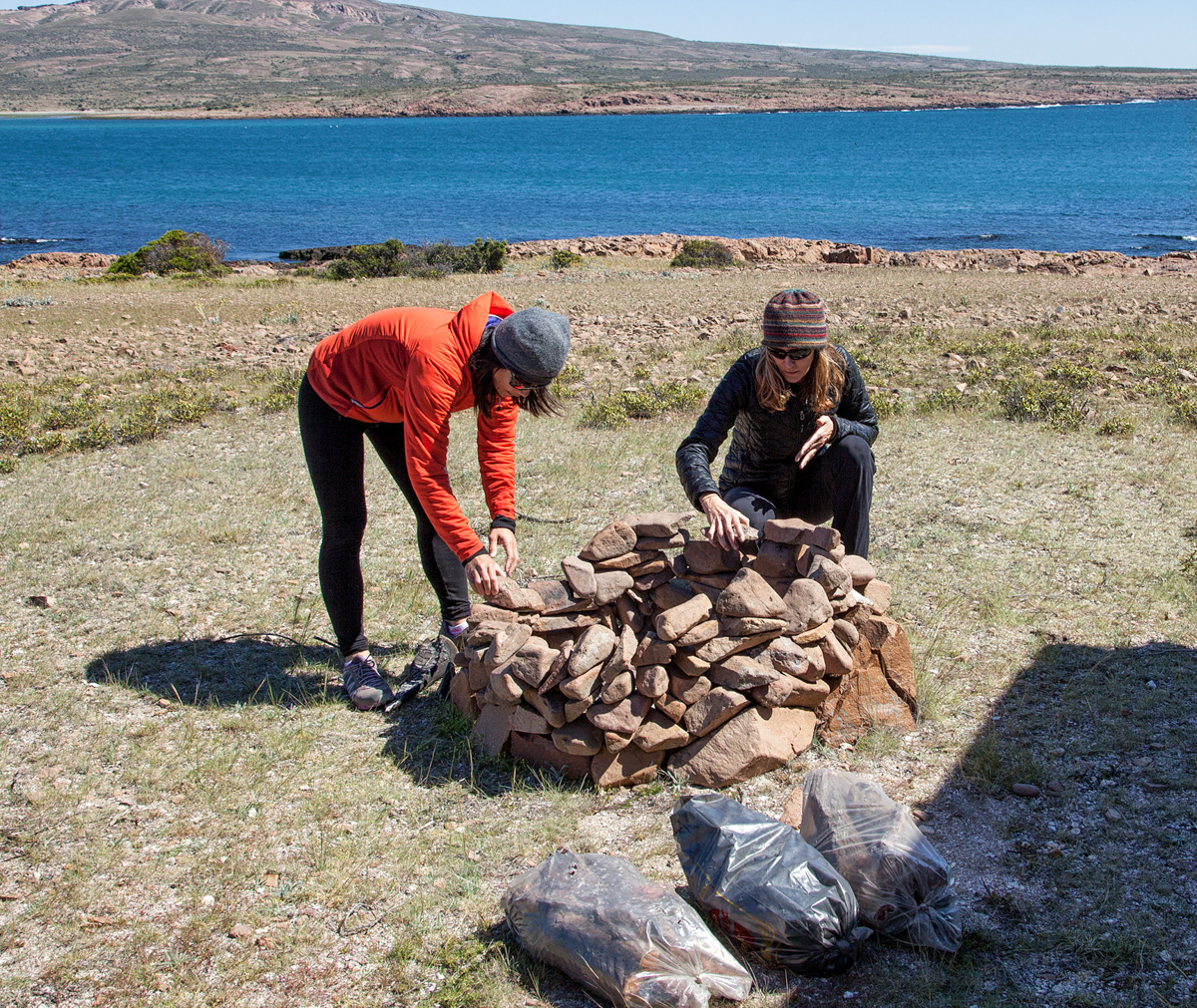
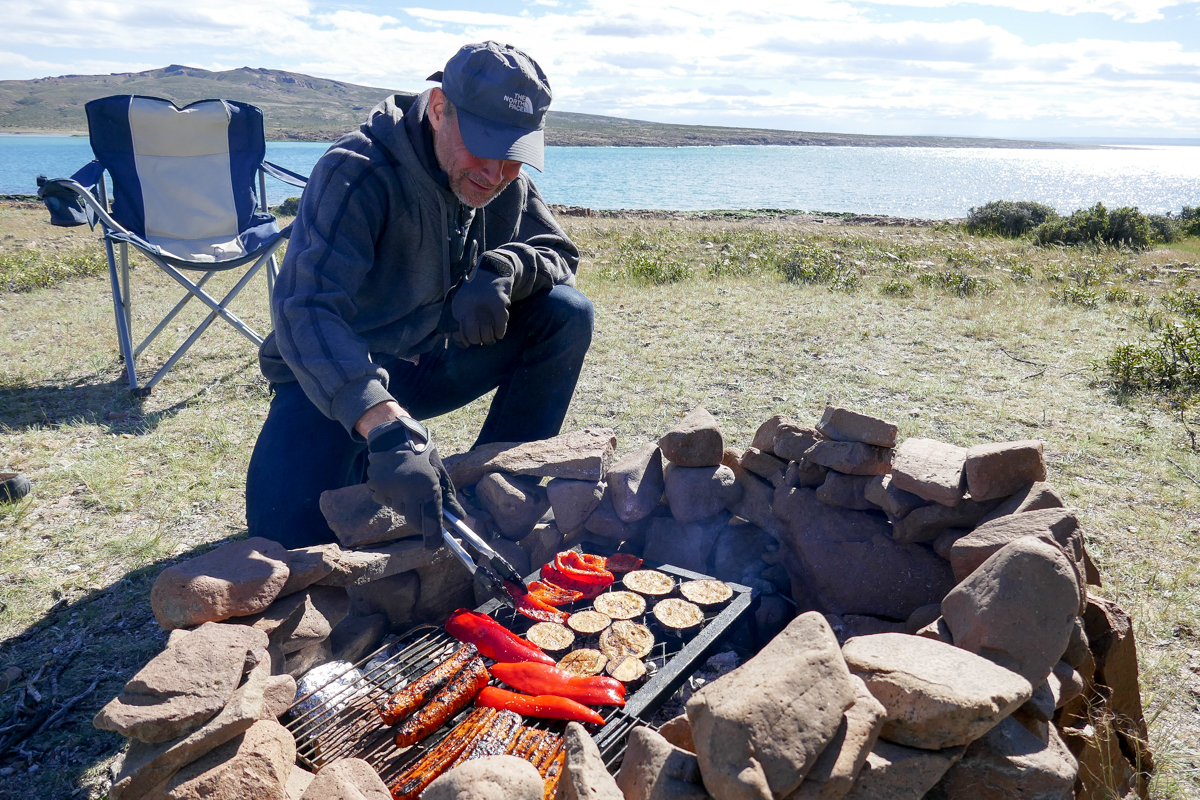
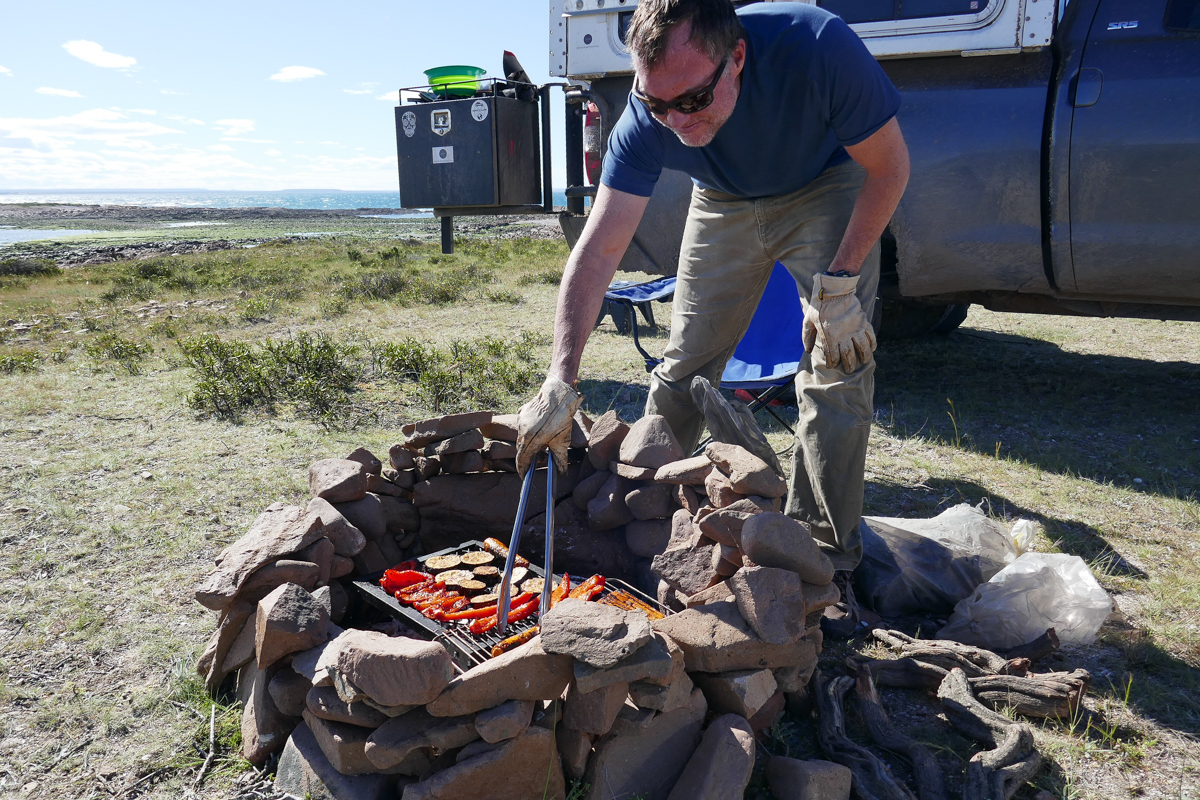
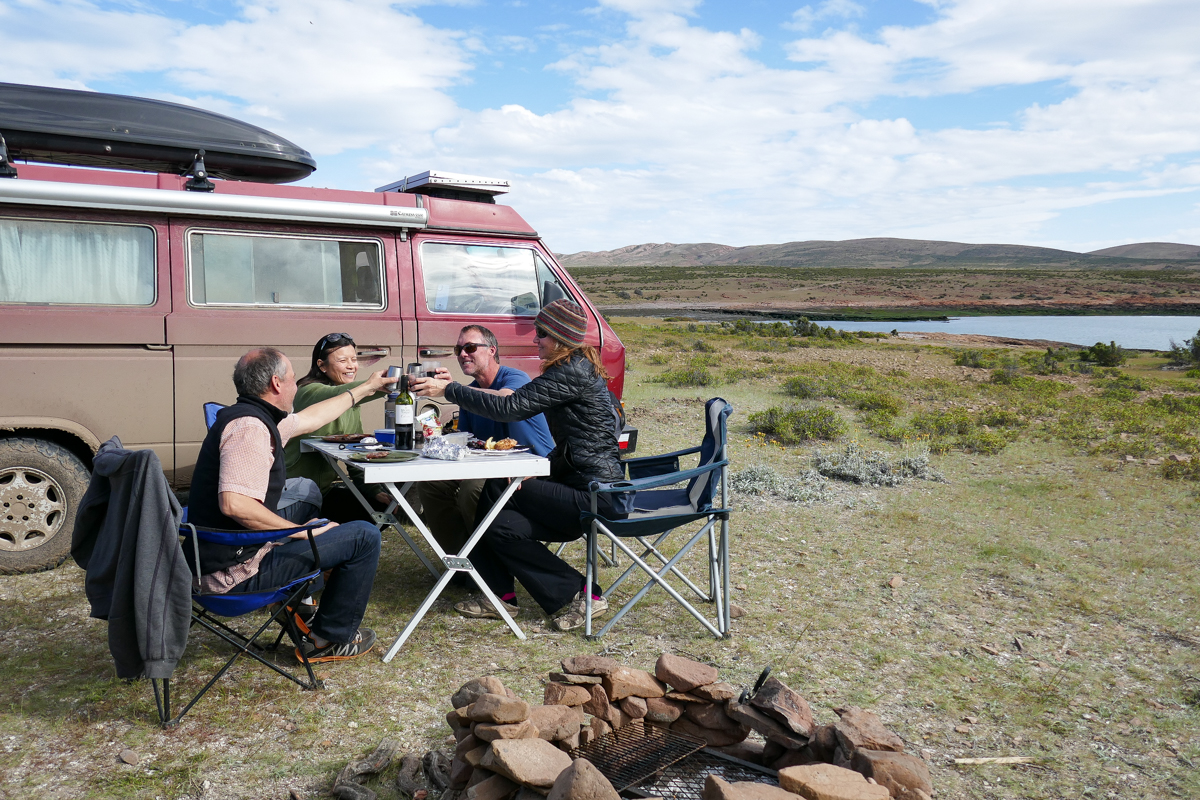
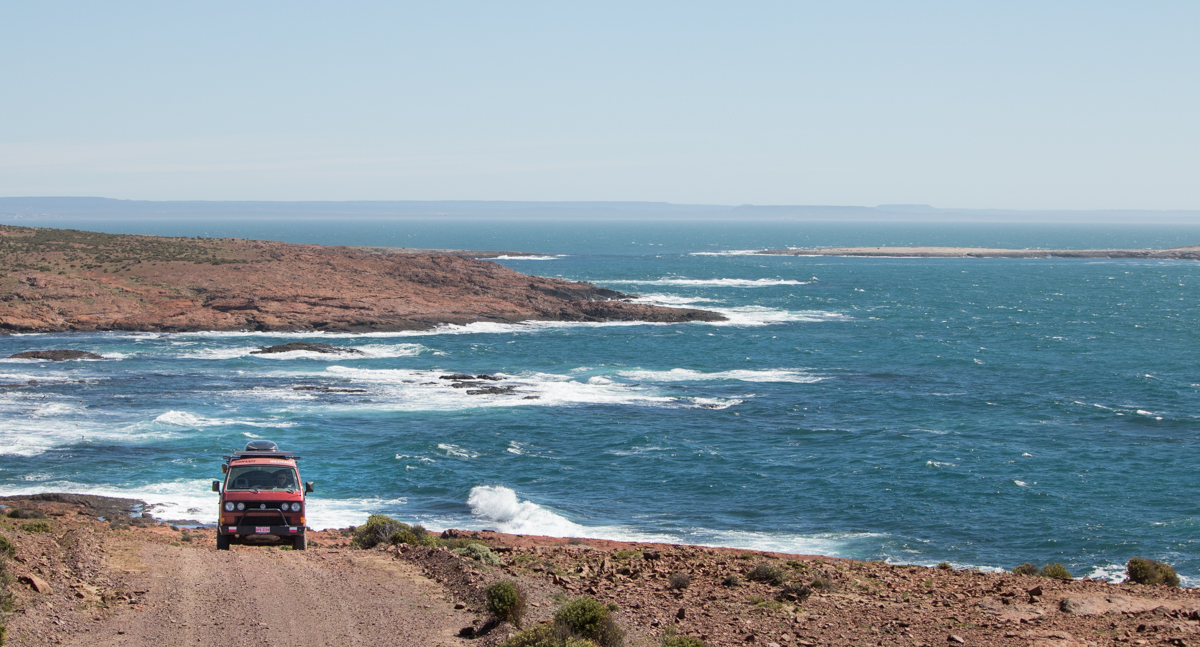
I love , love , loved every picture on this blog ,, thanks guys
Thanks Reg! We are so happy to share our trip with family. The penguins were even more adorable than the pictures show.
Fabulous! Thanks for sharing your lovely travel story…
Thanks Rob. Looking forward to seeing you guys again in the spring.